If your ads used to crush performance but now barely get clicks, it’s probably not the algorithm’s fault: it’s ad fatigue.
Even the best creative gets old fast when audiences see it over and over again. Engagement drops, costs rise, and before you know it, you’re spending more to achieve less.
Ad fatigue happens when your audience becomes so familiar with a campaign that they stop noticing it altogether.
The result? Declining CTR, rising CPC, and wasted media spend.
Here’s what you’ll learn in this guide:
- How to recognize ad fatigue: the key signals and metrics that reveal when performance is slipping
- Why it happens: the most common creative, targeting, and algorithmic culprits
- How to fix it fast: proven remedies and prevention tactics to keep campaigns performing longer
In short, this article helps marketers recognize, diagnose, and fix ad fatigue before it drains ROI. You’ll walk away with a clear playbook to keep your creative fresh, your audience engaged, and your campaigns cost-efficient.
What Is Ad Fatigue?
Ad fatigue (sometimes called creative fatigue or ad wear-out) happens when audiences are exposed to the same creative too often.
Over time, what was once engaging starts to feel repetitive or irrelevant, and viewers begin to scroll past, ignore, or even react negatively to your ads.
It’s important to distinguish ad fatigue from general underperformance. A campaign might underperform for reasons like poor targeting, weak messaging, or seasonality, but ad fatigue specifically refers to performance decline over time as a result of overexposure.
In other words, it’s not that your ad never worked. It just stopped working once people had seen it too many times.
This phenomenon can occur across nearly every digital channel: social media feeds, display networks, video platforms, and even retargeting campaigns.
The more often a user sees the same creative in these spaces, the less likely they are to engage with it, and the faster your results begin to drop.
Why Ad Fatigue Matters
Ad fatigue isn’t just a creative nuisance. It has real business consequences: your engagement drops, costs climb, efficiencies erode, and brand perception can take a hit.
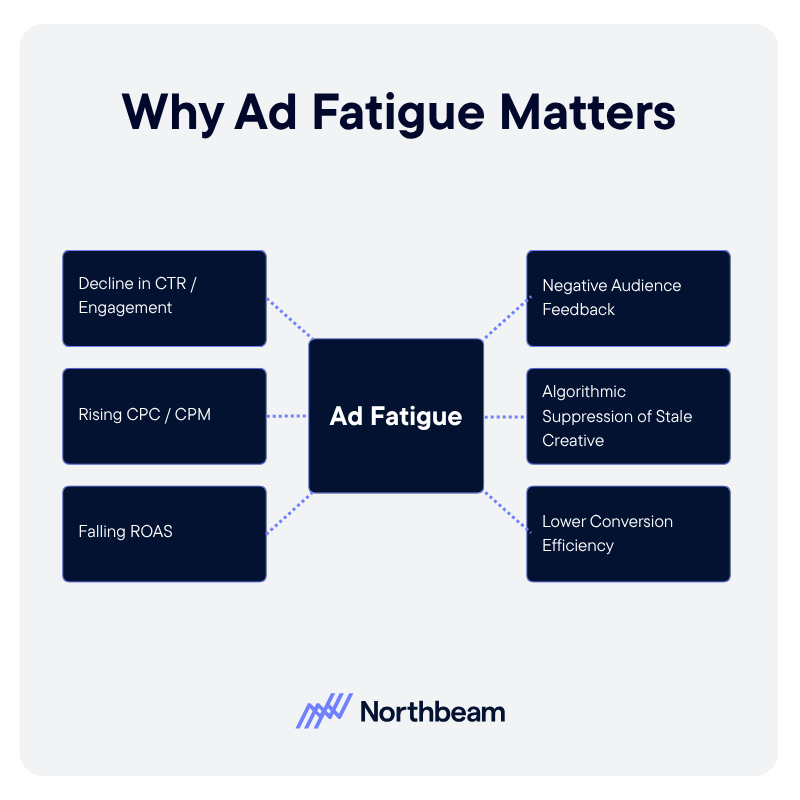
Key risks include:
Decline in CTR / Engagement
When an audience sees the same ad too often, they stop clicking, reacting, or paying attention.
For example, a study by Meta Platforms found that after just four repetitions of the exact same creative, the likelihood of a click dropped by about 45%.
Rising CPC / CPM
When engagement falls, the advertising platforms’ algorithms recognize your creative as less relevant and inefficient, so the cost to reach or get action from users goes up.
Falling ROAS / Conversion Efficiency
With fewer clicks and higher costs, the return on your ad spend drops. Essentially, you spend more to get less.
Negative Audience Feedback
Repetition can annoy or alienate users. Comments like “I’ve seen this already”, ad hides, or users choosing “not interested” all signal damage. That in turn can harm how users feel about your brand.
Algorithmic Suppression of Stale Creative
Digging deeper, when your creative becomes stale (low engagement, negative feedback, high frequency), ad platforms will serve it less or bid it up in cost, reducing reach and efficiency further.
It’s tempting to think “we’ll refresh eventually,” but the data shows that damage accumulates fast.
The higher you let costs rise and engagement fall, the harder (and more expensive) it’ll be to recover from the slide.
In short: ignoring creative fatigue puts your campaign health, budget efficiency and brand standing at risk.
Recognizing Ad Fatigue (Signals & Metrics)
Ad fatigue doesn’t always announce itself loudly. It can creep in gradually through subtle performance shifts.
To catch it early, marketers should monitor both quantitative and qualitative signals that reveal when an audience has seen too much of the same creative.
Quantitative Indicators
- Consistent drop in CTR or engagement rate: A steady decline in click-throughs or interactions is one of the clearest signs your audience is tuning out.
- Rising CPC or CPM with a stable budget: When your costs climb but impressions or clicks don’t, platforms may be penalizing your ad for poor relevance or repetitive delivery.
- Falling conversion rates or ROAS despite stable traffic: If your traffic remains steady but sales, sign-ups, or return on ad spend drop, fatigue may be eroding effectiveness.
- High ad frequency: Seeing the same ad too many times leads to boredom and frustration. As a general rule, frequency above 3-4 impressions per user often signals it’s time to refresh.
- Plateauing reach: When you’re no longer expanding to new audiences, it can indicate saturation within your target segment.
Qualitative Indicators
- Negative audience feedback: Comments like “I’ve seen this ad too much” or increased use of “Hide this ad” options suggest irritation and declining sentiment.
- Internal performance reviews: Feedback from creative, media, or account teams noting repeated visuals or stale messaging often correlates with performance dips.
- Audience sentiment monitoring: Social listening tools or manual reviews can reveal when tone shifts from neutral to negative, an early warning that perception is slipping.
Together, these metrics and insights create an early detection system.
By watching for even small shifts in engagement or sentiment, teams can refresh creatives before fatigue causes serious performance loss.
Root Causes & Risk Factors of Ad Fatigue
Understanding the root causes of ad and creative fatigue helps prevent the problem before it drains your budget.
Overuse Of The Same Creative
Running a single ad or a limited set of variations for too long is the most common driver of fatigue. Even high-performing creative will eventually lose impact once it’s seen too many times.
Narrow Or Saturated Targeting
When your audience pool is too small, the same users are repeatedly served your ads, especially if you’re also retargeting them across platforms.
Expanding or rotating segments can help distribute impressions more evenly.
Infrequent Creative Refresh Cycles
Without a consistent refresh schedule for visuals, copy, or calls-to-action, fatigue is inevitable.
Regularly rotating creative assets keeps campaigns feeling fresh and prevents diminishing returns.
Rigid Frequency Settings Without Caps
Overly aggressive bidding or missing frequency limits can lead to excessive impressions per user.
Implementing caps ensures users see your message enough to remember it, but not enough to get tired of it.
Cross-Channel Overlap
Delivering identical or similar creatives across multiple channels (e.g., Meta, YouTube, Google Display) can overwhelm the same audience.
Differentiating creative formats or sequencing them across channels helps prevent oversaturation.
Algorithmic Downranking
Ad platforms deprioritize creatives that get low engagement or negative feedback. Once this happens, reach declines and costs rise, creating a cycle of underperformance that’s hard to recover from.
Weak Creative Strategy Or Lack Of Testing
Without structured experimentation (like A/B testing, message rotation, or creative benchmarking) teams miss the early warning signs that an ad is wearing out.
A strong creative testing framework ensures you catch fatigue before performance drops.
How to Overcome Ad Fatigue: Remedies & Prevention Strategies
Once you’ve identified signs of fatigue, the next step is to act fast.
The key to preventing ad performance decline is proactive management: regularly refreshing creatives, rotating audiences, and automating monitoring to catch early dips before they hurt ROI.
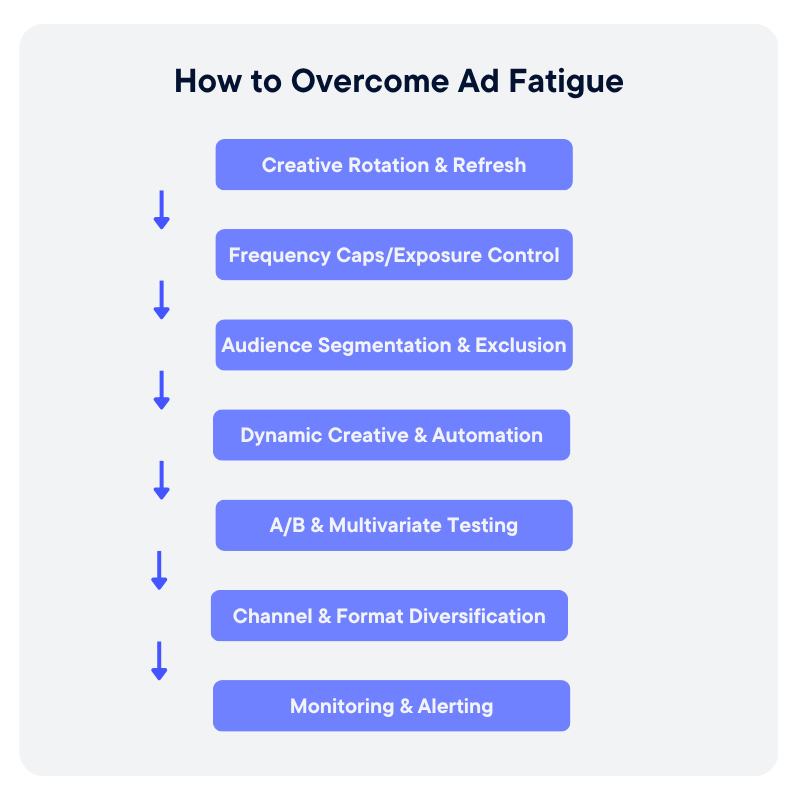
Here are seven steps to prevent ad campaign fatigue across Facebook (Meta), Google, and other channels.
Creative Rotation & Refresh
- Maintain multiple creative variants and refresh visuals, headlines, and CTAs on a regular schedule (every few weeks for always-on campaigns).
- Use seasonal hooks, trending topics, or new product angles to keep messaging timely and relevant.
- Experiment with alternate formats, such as short-form video, carousel, or interactive ads, to re-engage users who have grown tired of static visuals.
Frequency Capping / Exposure Control
- Set limits on how many times an individual user sees your ad within a set period (e.g., 3–5 impressions per week).
- Use platform-level frequency caps or automated rules to manage exposure across campaigns
- Pause or rotate creatives once thresholds are reached to prevent overexposure and preserve brand sentiment.
Audience Segmentation & Exclusion
- Break audiences into smaller, more precise segments and tailor creatives to each group’s interests or behaviors.
- Exclude users who have already converted or have seen your ad multiple times
- Gradually expand reach with lookalike or similar audiences to discover new engagement pockets.
Dynamic Creative & Automation
- Use Dynamic Creative Optimization (DCO) tools to automatically mix and match creative elements for optimal performance.
- Apply automation rules to pause or refresh underperforming creatives based on metrics like CTR, frequency, or cost per conversion.
- Let algorithms handle routine adjustments while your team focuses on strategy and creative innovation.
A/B & Multivariate Testing
- Continuously test variations of visuals, headlines, copy, and formats to understand what resonates.
- Retire versions as soon as engagement starts to drop, before fatigue fully sets in.
- Maintain a structured testing cadence to ensure ongoing learning and optimization.
Channel & Format Diversification
- Spread exposure across multiple platforms (social, display, video, search) to prevent oversaturation of any single audience.
- Sequence creative delivery (e.g., teaser video -> carousel -> static reminder ad) to maintain interest and storytelling momentum.
- Adjust creative formats by channel to make each placement feel fresh and contextual.
Monitoring & Alerting
- Build dashboards that track CTR, CPC, frequency, conversions, and audience sentiment over time.
- Set up automated alerts for sudden drops in engagement or unexpected cost spikes.
- Consider advanced detection techniques (e.g., change-point or anomaly analysis) to catch early fatigue in large-scale campaigns.
Ad Fatigue Case Study
Even the best-performing campaigns eventually hit a wall.
The key difference between teams that sustain success and those that burn through budget is how quickly they recognize and respond to fatigue.
Problem
A direct-to-consumer skincare brand noticed engagement on its Meta ads drop by nearly 30% over two weeks.
Click-through rates were falling, CPMs were creeping up, and customer comments increasingly mentioned seeing “the same ad again.”
The team realized that while their creative had once been a top performer, it hadn’t been updated in nearly two months, and the same video was running across Meta, YouTube, and Google Display.
Solution
The marketing team conducted a quick diagnostic: they compared audience frequency data, analyzed feedback sentiment, and confirmed fatigue as the culprit.
Within a week, they rolled out refreshed creatives featuring new visuals, reworded CTAs, and UGC-style testimonials.
They also implemented frequency caps and expanded to a broader lookalike audience to dilute overexposure.
Impact
CTR rebounded by 22% within ten days, CPMs fell back to their pre-fatigue baseline, and positive engagement returned.
More importantly, the team built an automated refresh schedule and dashboard alerts to detect similar dips in the future, turning a reactive fix into an ongoing preventive system.
This simple cycle of detect, refresh, and automate demonstrates how even small adjustments can revive fatigued campaigns and protect long-term ad performance.
Ad Fatigue Best Practices Checklist
To keep creative fatigue from eroding performance, build these principles into your campaign workflow from day one.

Launch With Creative Diversity
Start every campaign with multiple visuals, headlines, and CTAs to reduce early repetition and provide a strong foundation for testing and optimization.
Cap Frequency Per User
Limit how often each user sees your ad to avoid overexposure and irritation. This helps maintain engagement and keeps brand sentiment positive.
Monitor Key Metrics Frequently
Track CTR, CPC, CPM, ROAS, and frequency together. Sudden shifts or cost spikes often signal the first signs of ad fatigue in campaigns.
Rotate Or Refresh Creative Proactively
Don’t wait for performance to collapse. Schedule creative updates based on engagement trends, campaign length, or key seasonality shifts.
Exclude Overexposed Users
Use audience exclusions to remove people who’ve already converted or seen your ad too many times. This helps reset your exposure balance and keeps targeting efficient.
Automate Rotation Rules
Apply automated triggers or platform rules to pause stale creatives and prioritize high-performing variants. Automation keeps campaigns agile without constant manual oversight.
Use Cross-Channel Sequencing
Guide users through a story across channels. For example, build awareness with video, drive engagement on socials, and convert through display retargeting.
Archive Top Creatives For Reuse (With Variation)
Keep a library of proven creatives to repurpose later with refreshed visuals or copy. This saves production time while maintaining the proven performance of earlier assets.
Keep Your Campaigns Fresh & Your ROI Strong
Ad campaign fatigue doesn’t always look dramatic. It creeps in slowly, quietly draining performance and budget.
But with early detection and consistent creative refreshes, you can turn it from a hidden liability into an opportunity for smarter, more adaptive marketing.
Start by auditing your current campaigns. Look for early warning signs like declining engagement, rising costs, or growing audience frequency.
Then, act fast: implement at least two remedial tactics this week, whether it’s refreshing your creative, capping frequency, or testing a new audience segment.
For long-term resilience, build a fatigue-monitoring system. Use dashboards and automated alerts to catch drops early, schedule regular creative rotations, and make ad reviews a standing part of your campaign process.
Your best campaigns don’t have to fade quietly. Intervene early, stay creative, and keep testing. Freshness isn’t just about new ideas, it’s about maintaining momentum.





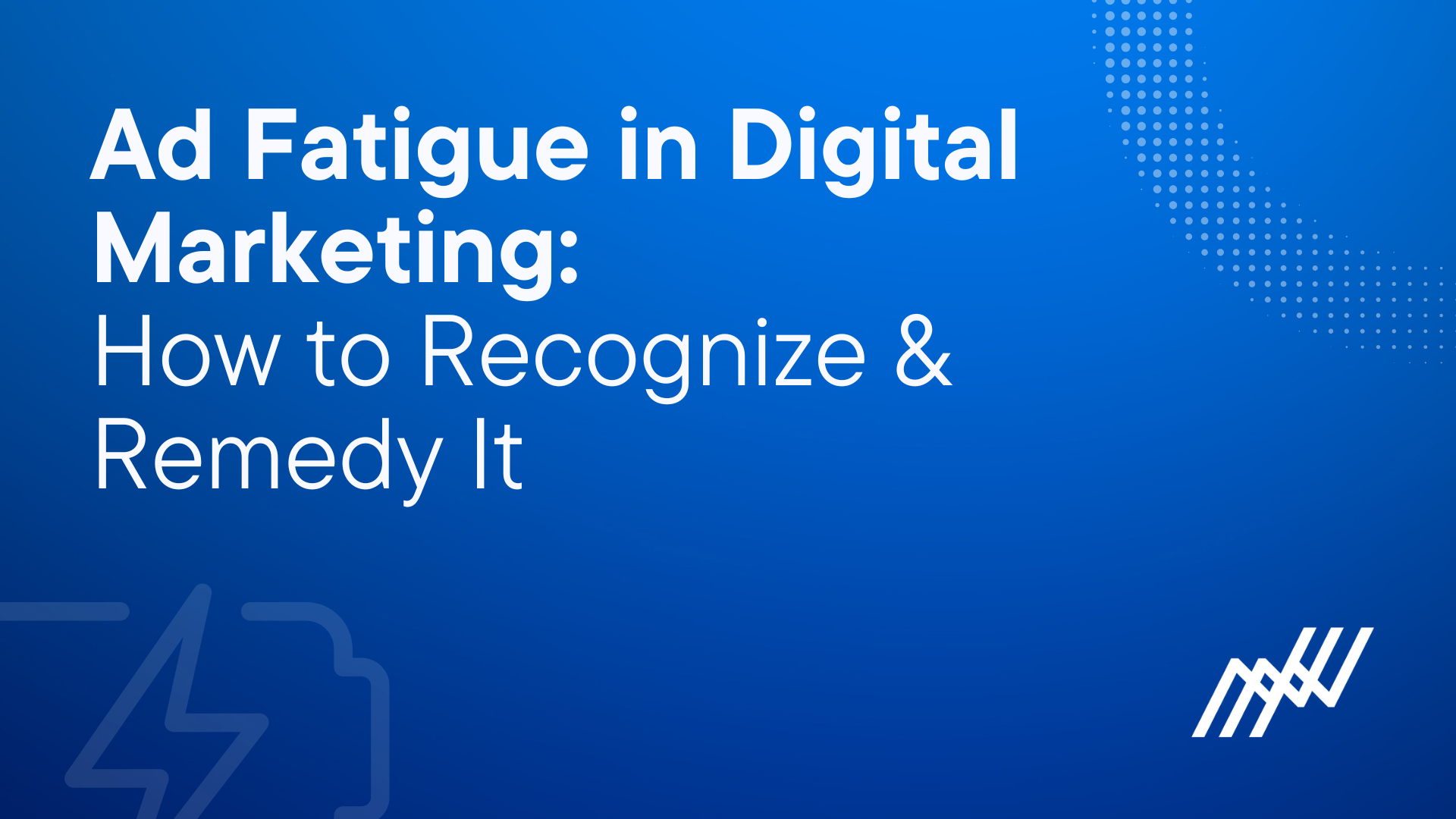



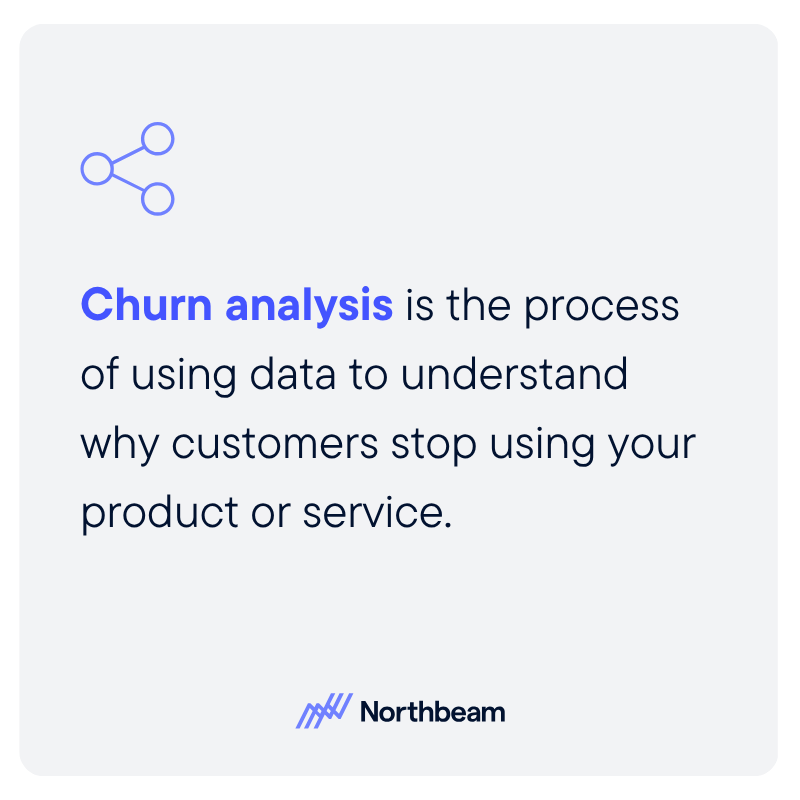
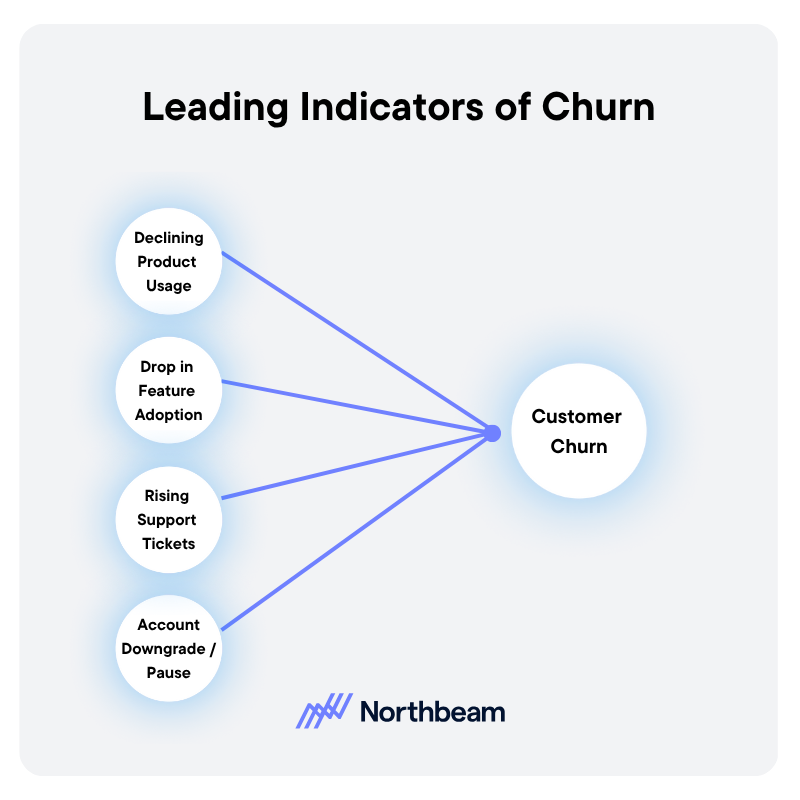
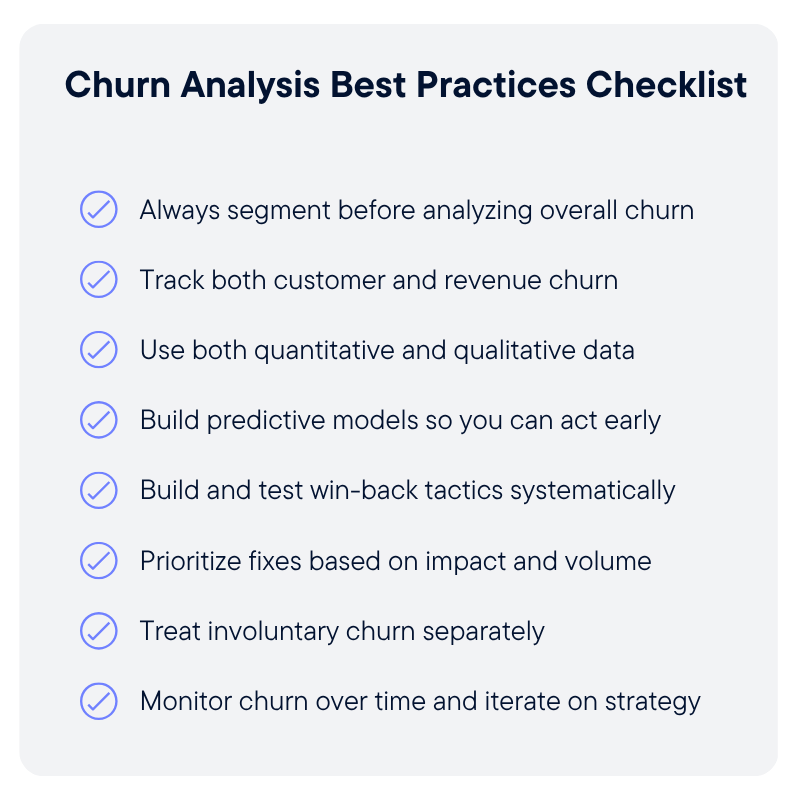
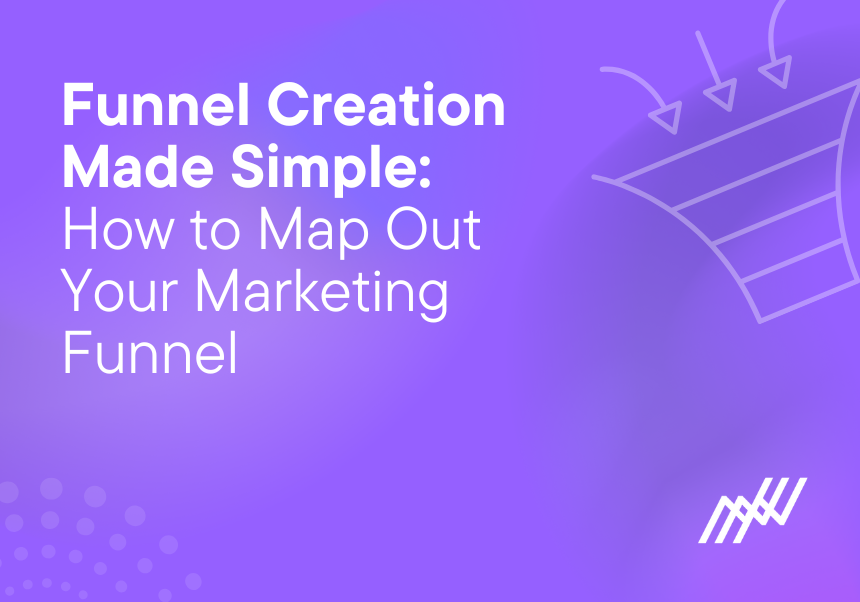
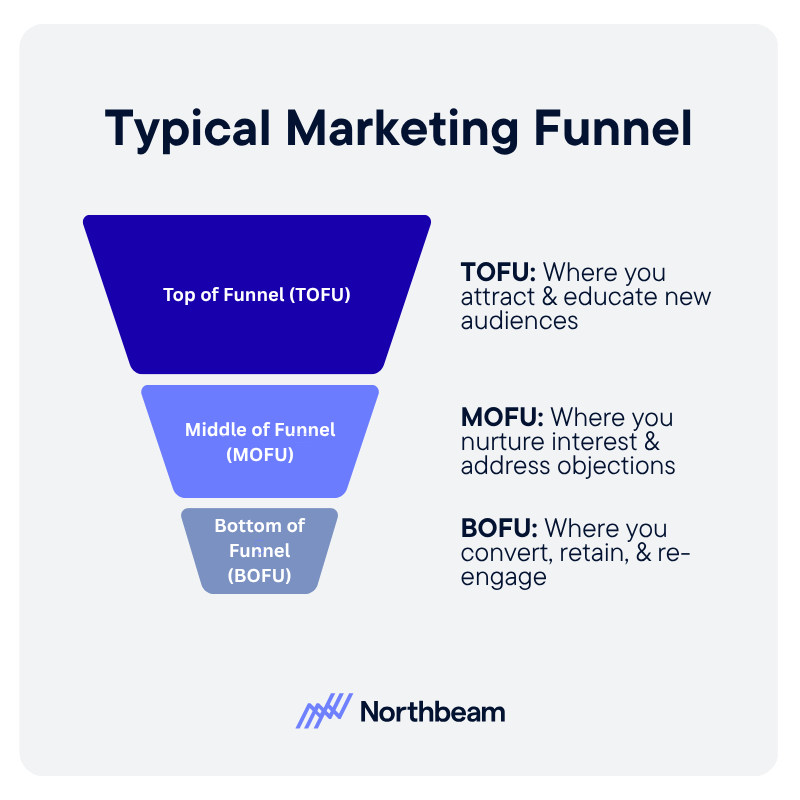
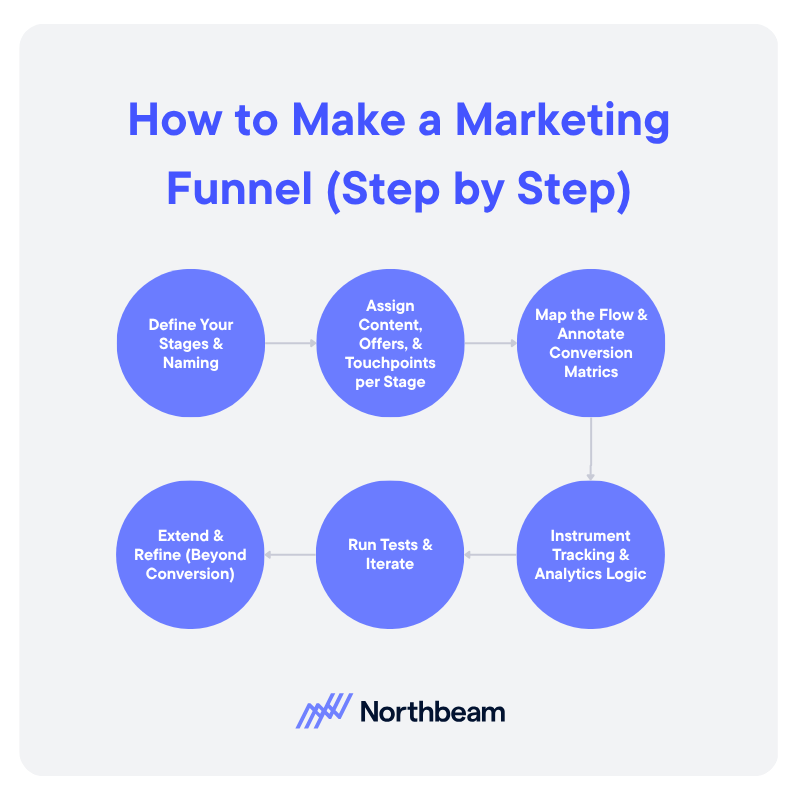
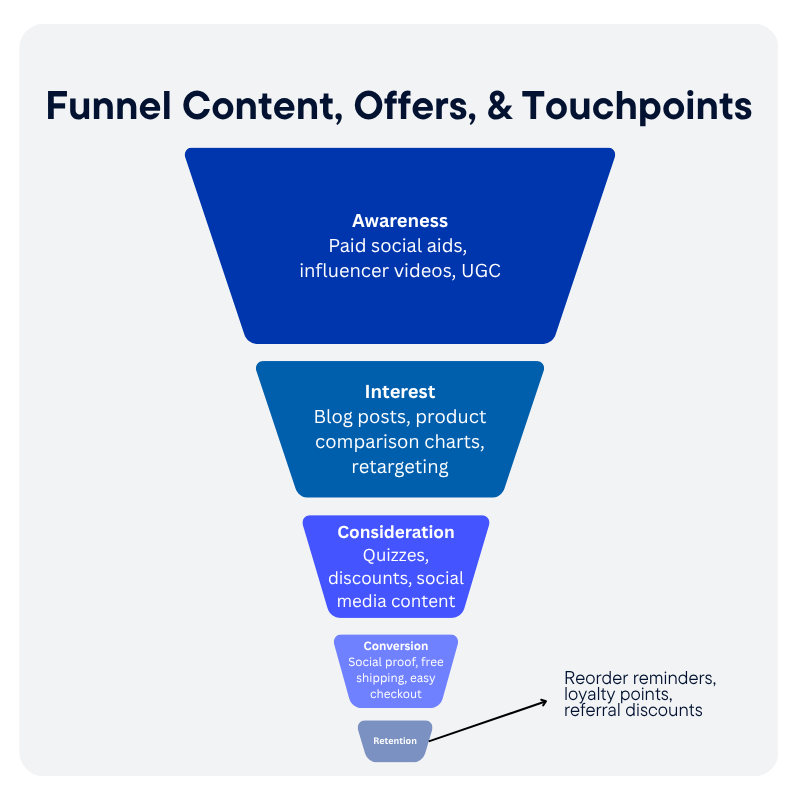
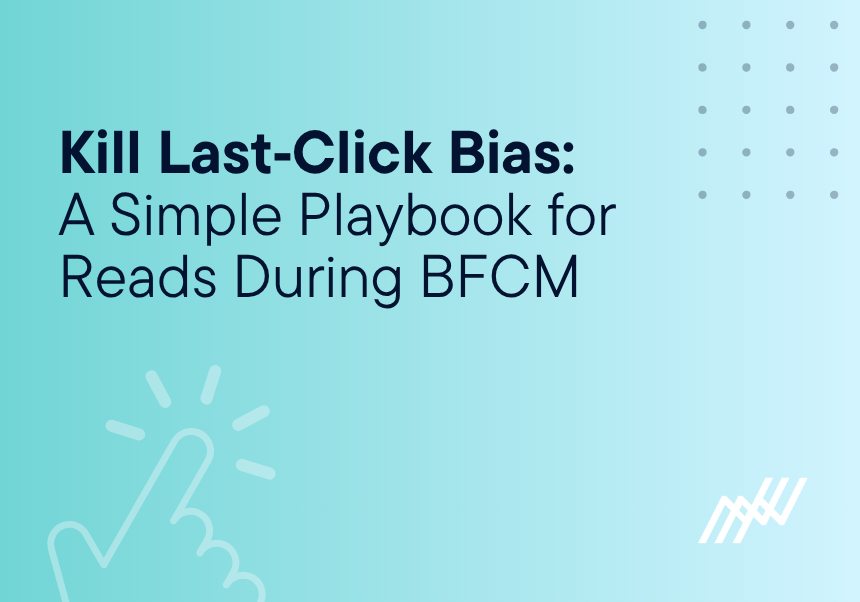



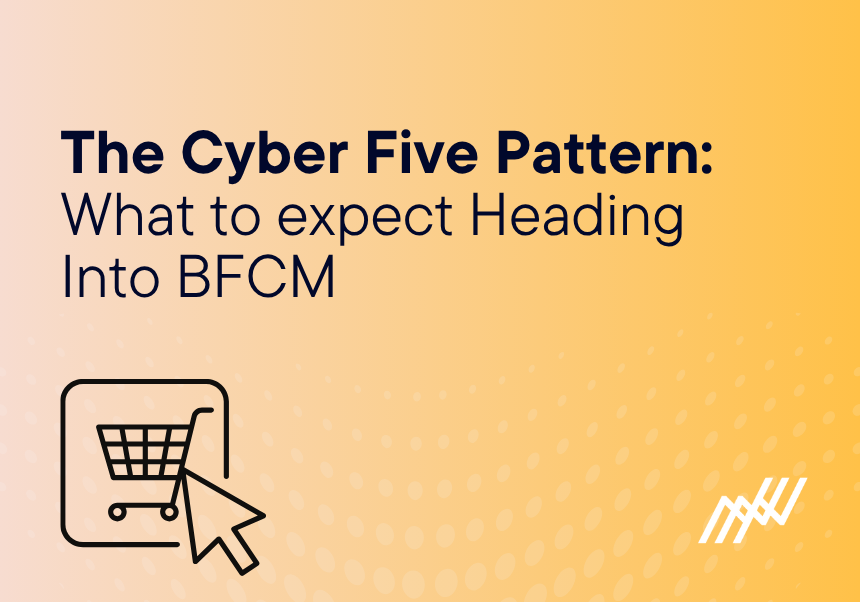


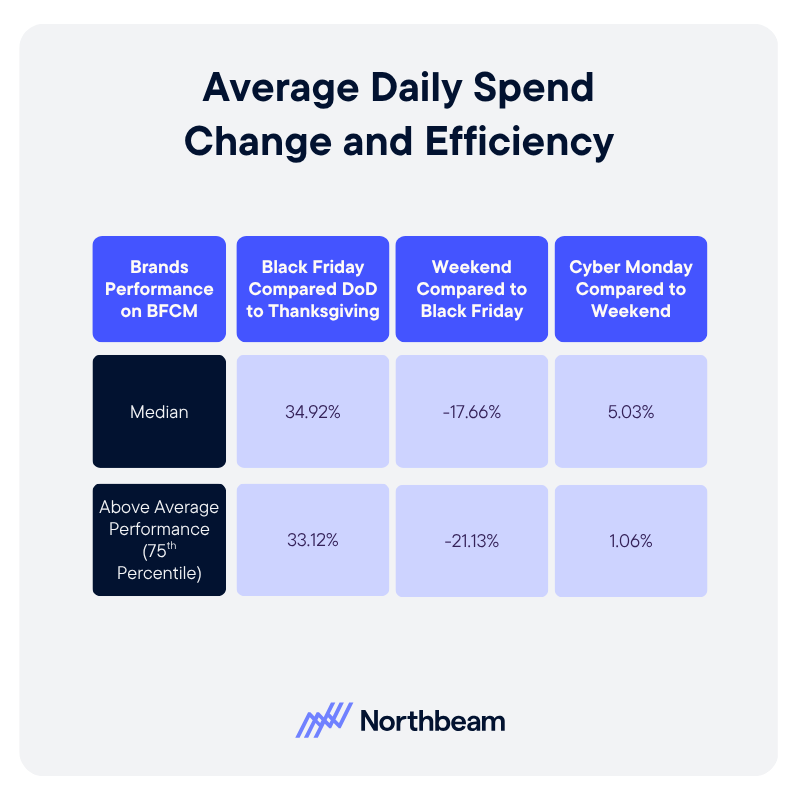
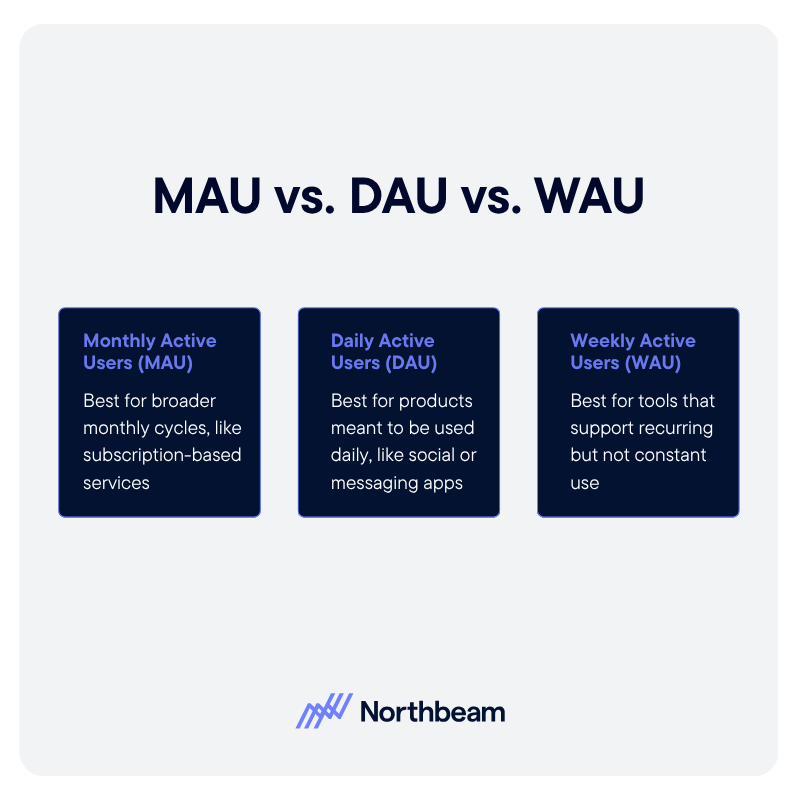


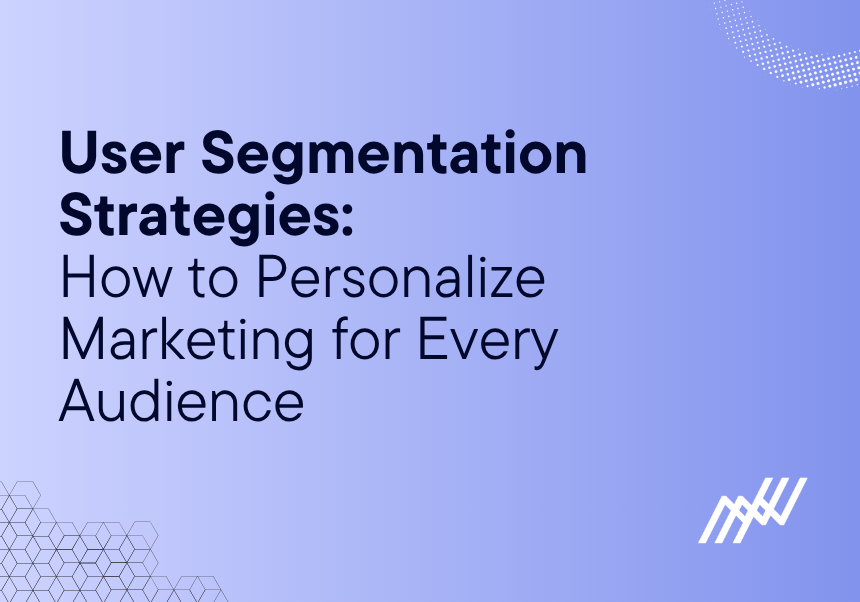
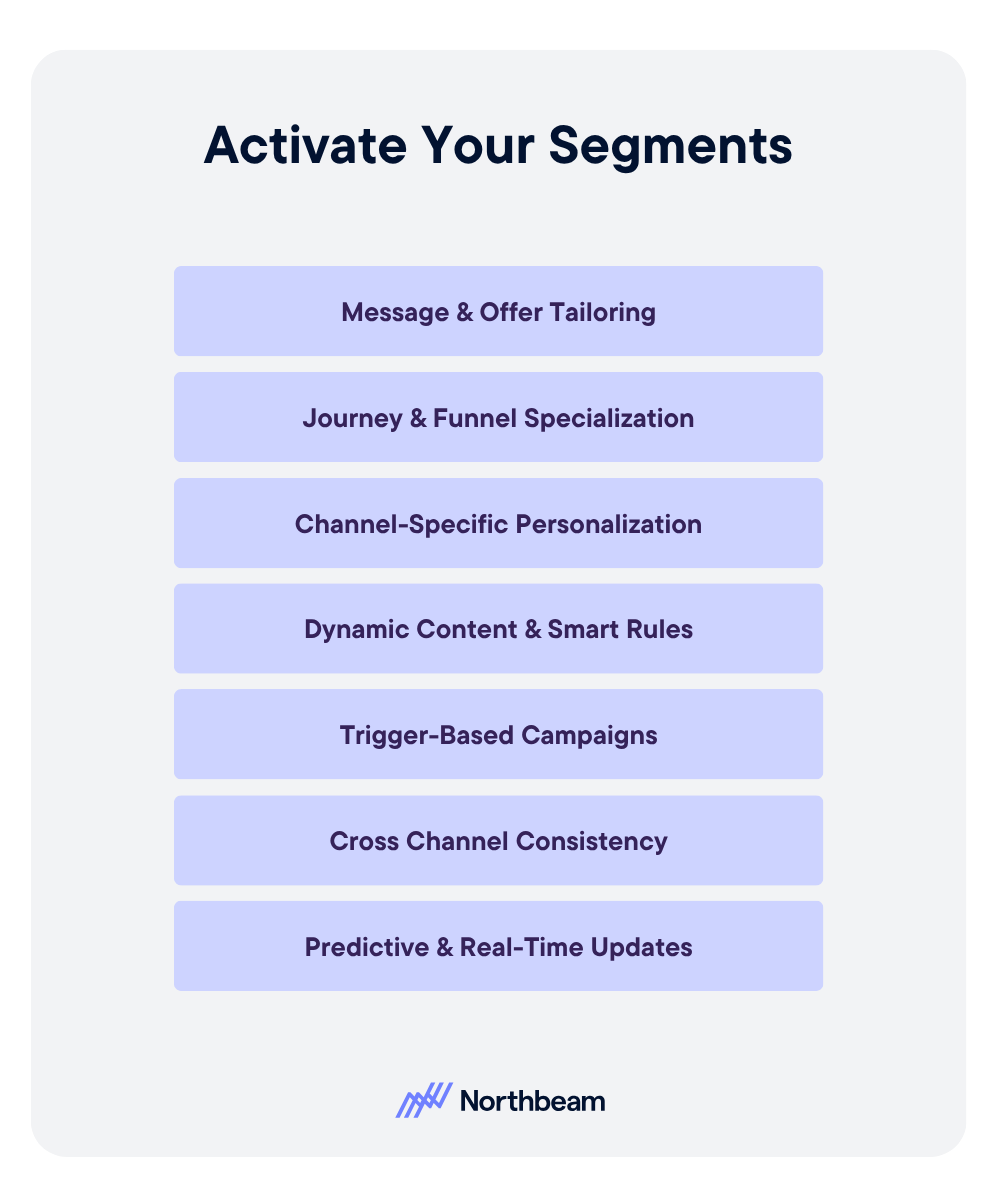
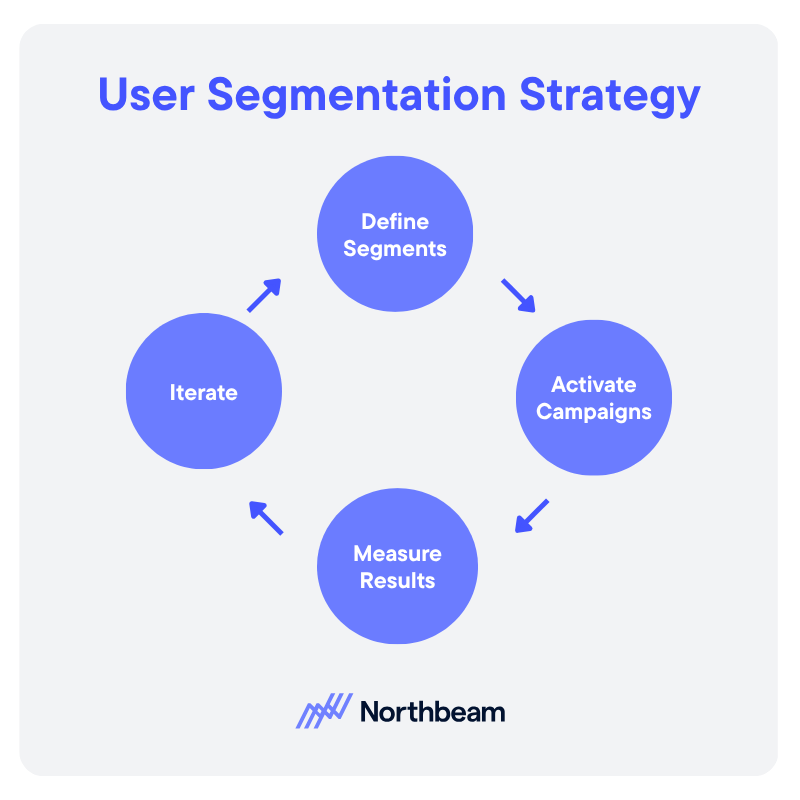


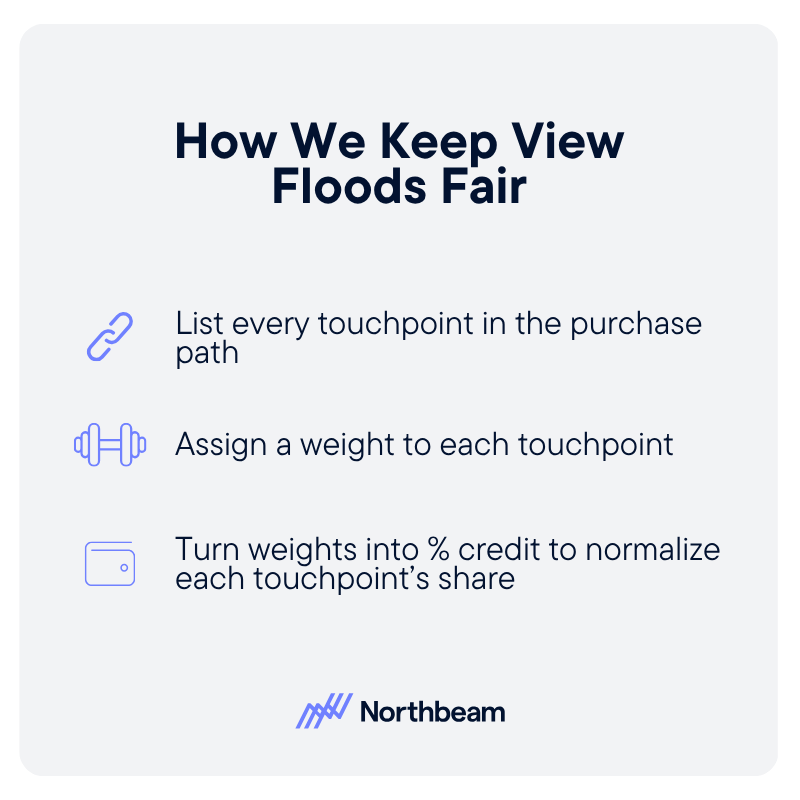
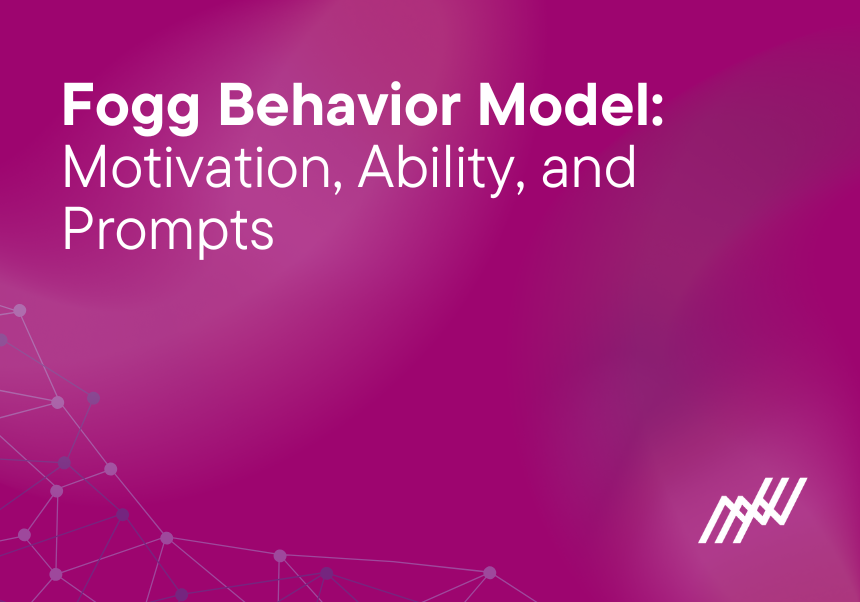


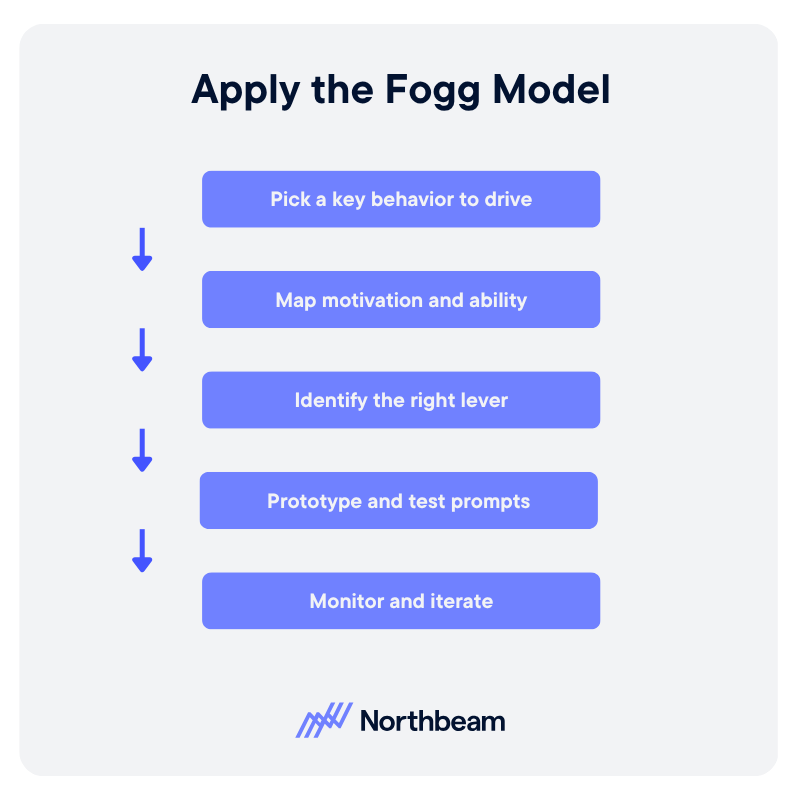

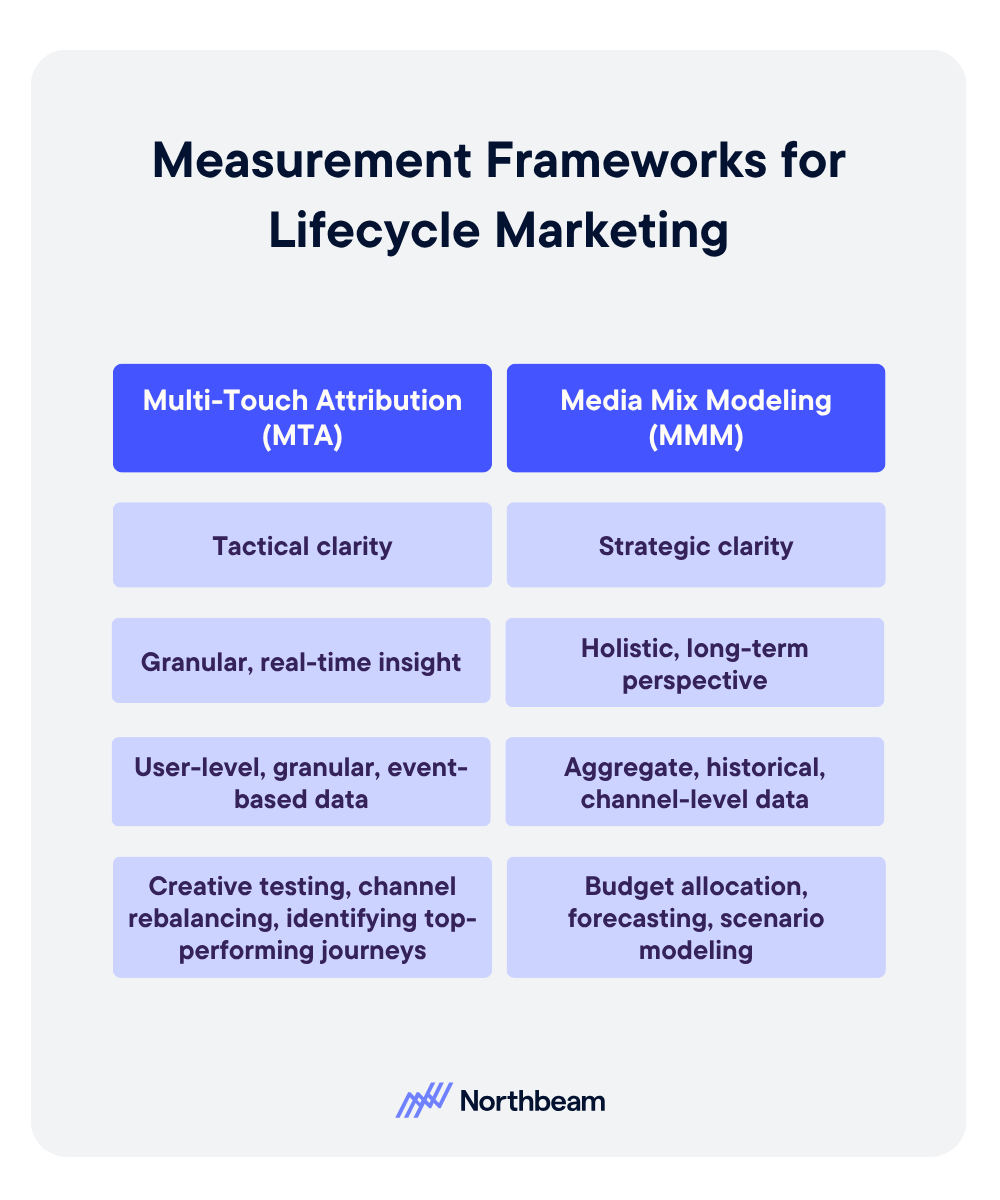

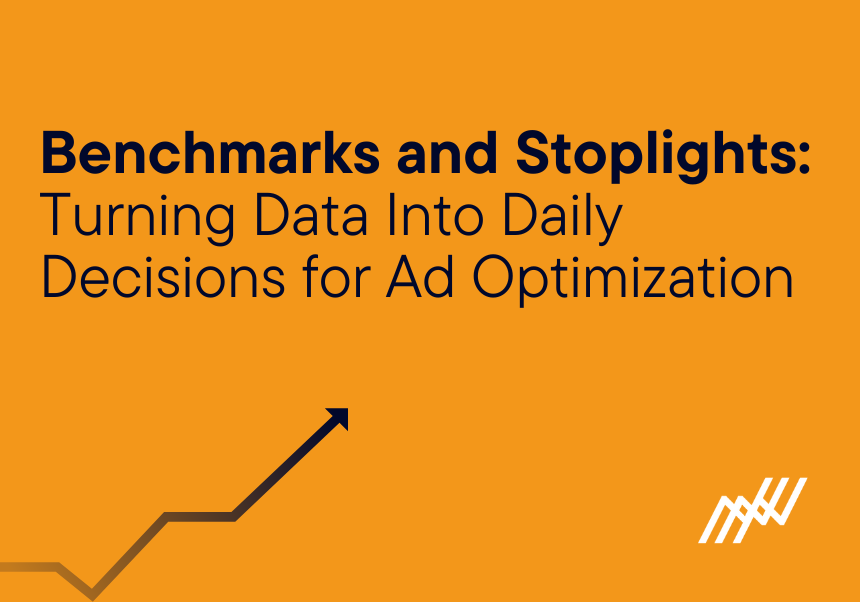

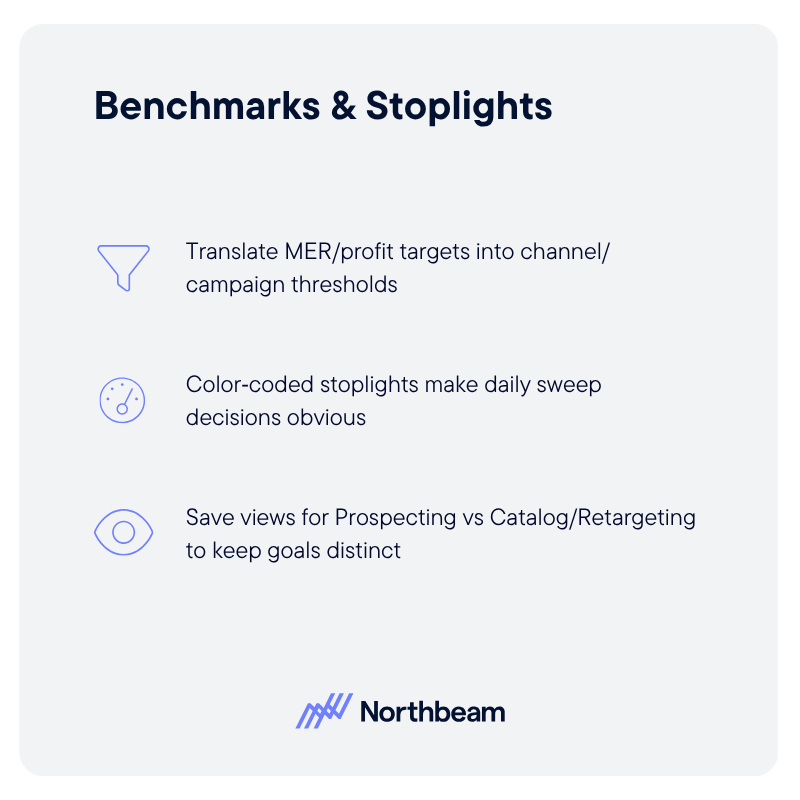
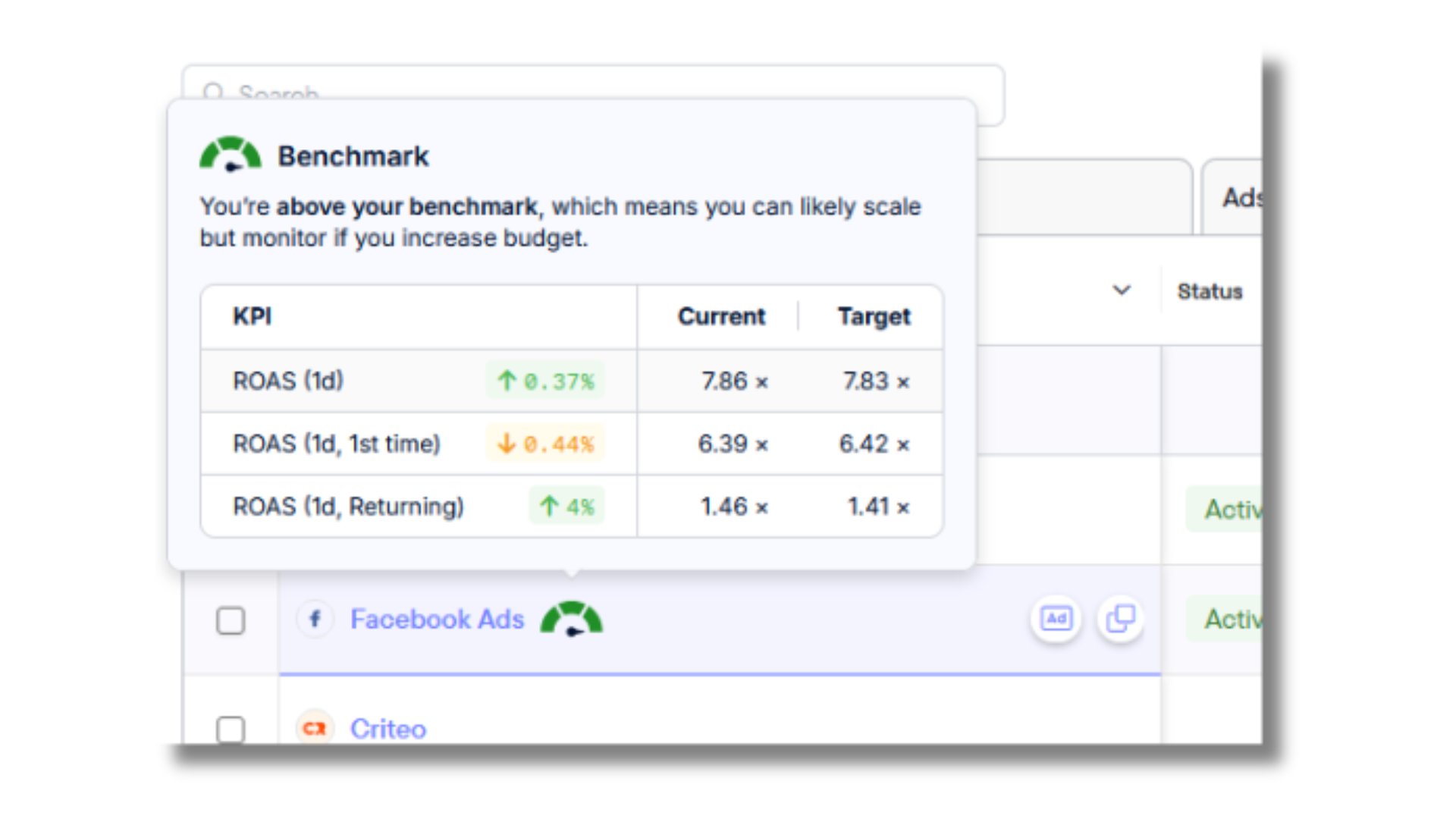
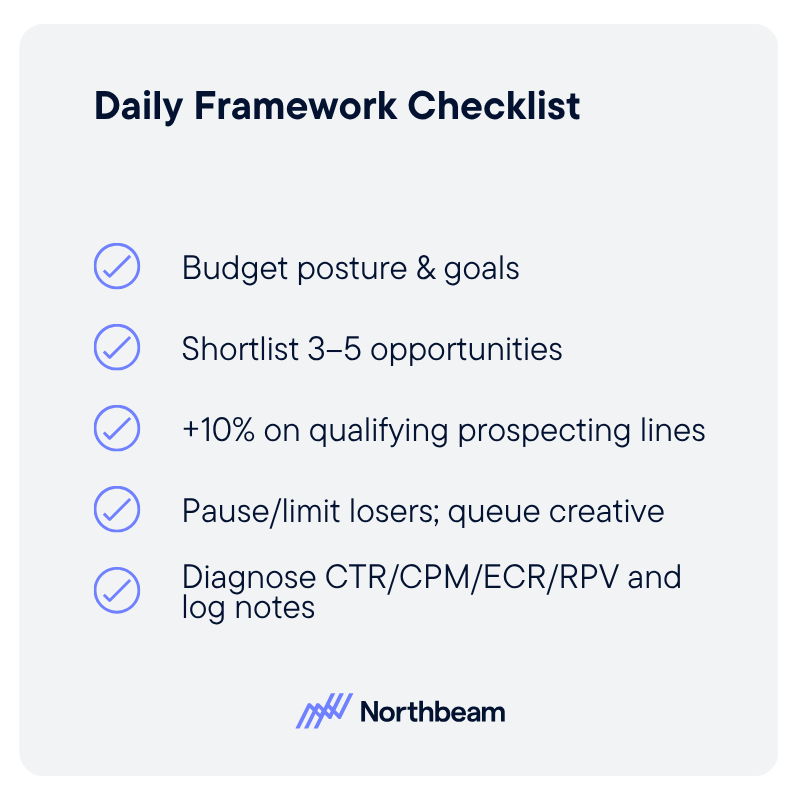
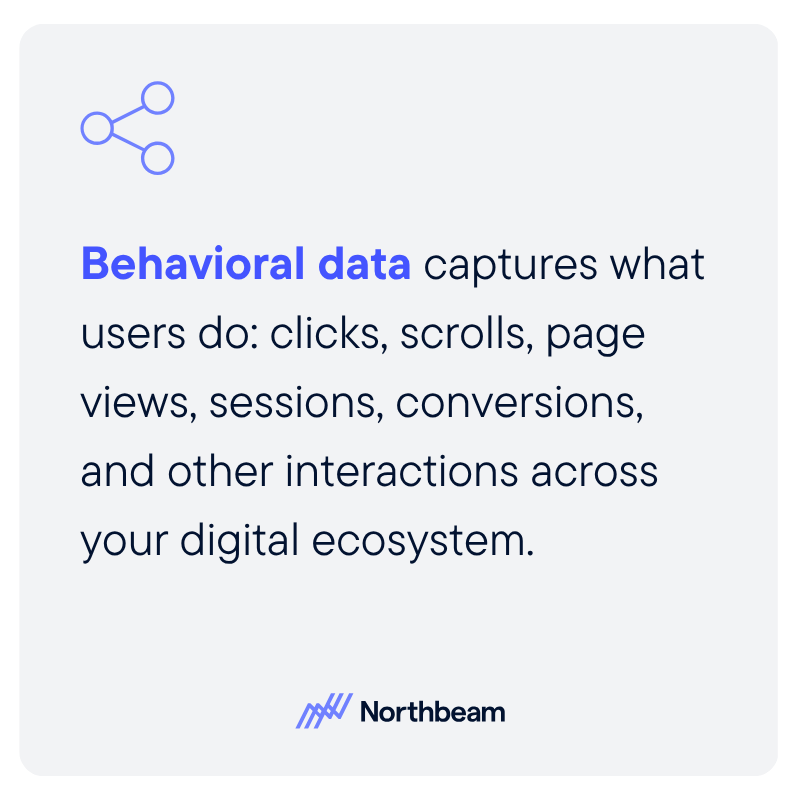

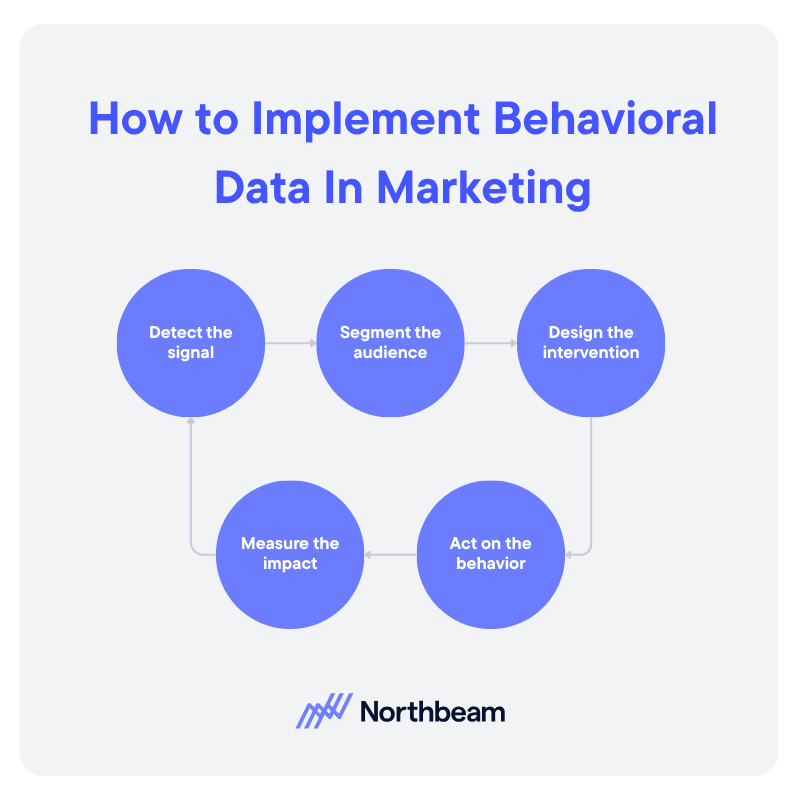
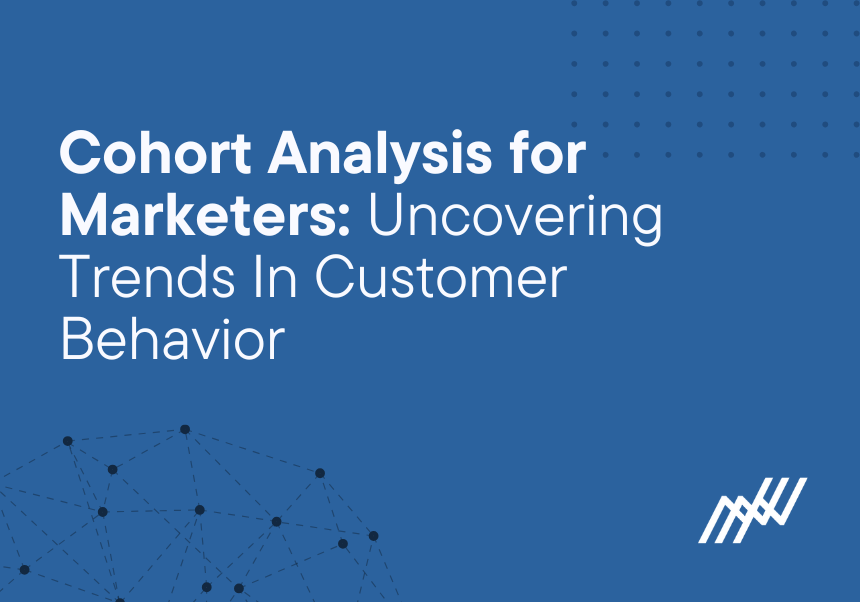
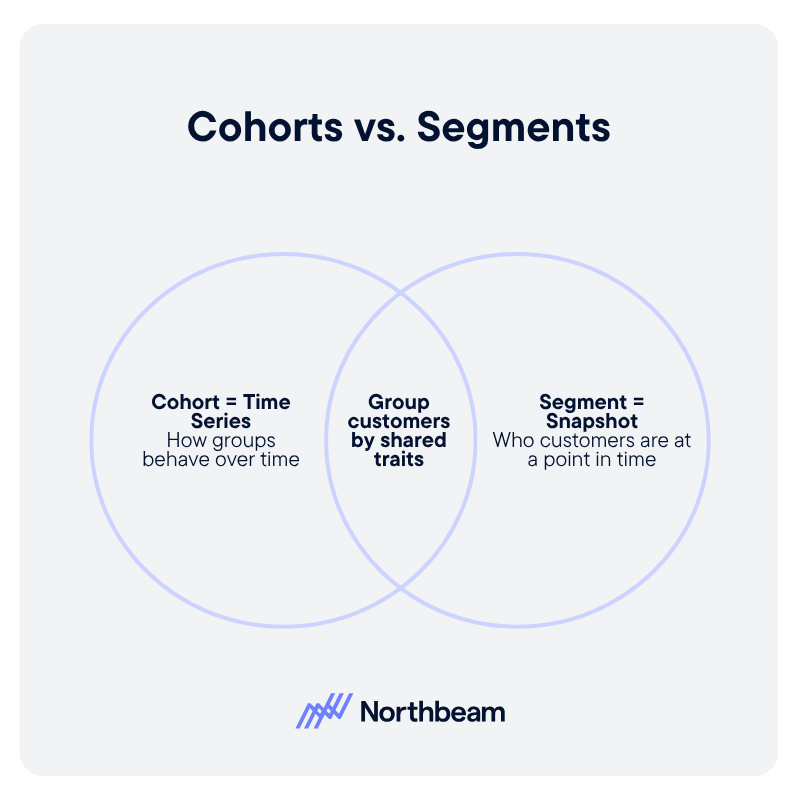
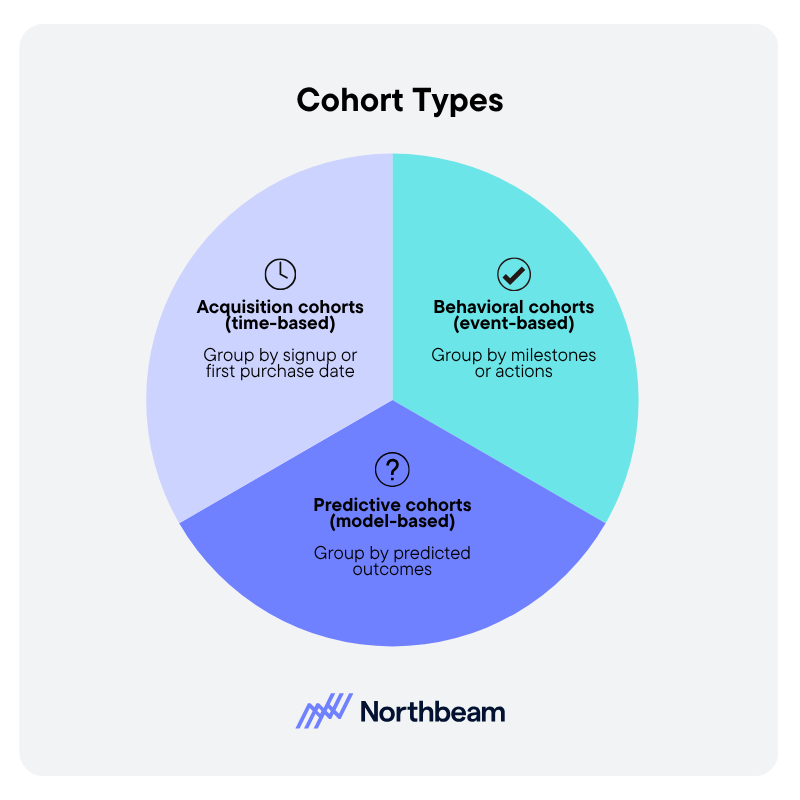
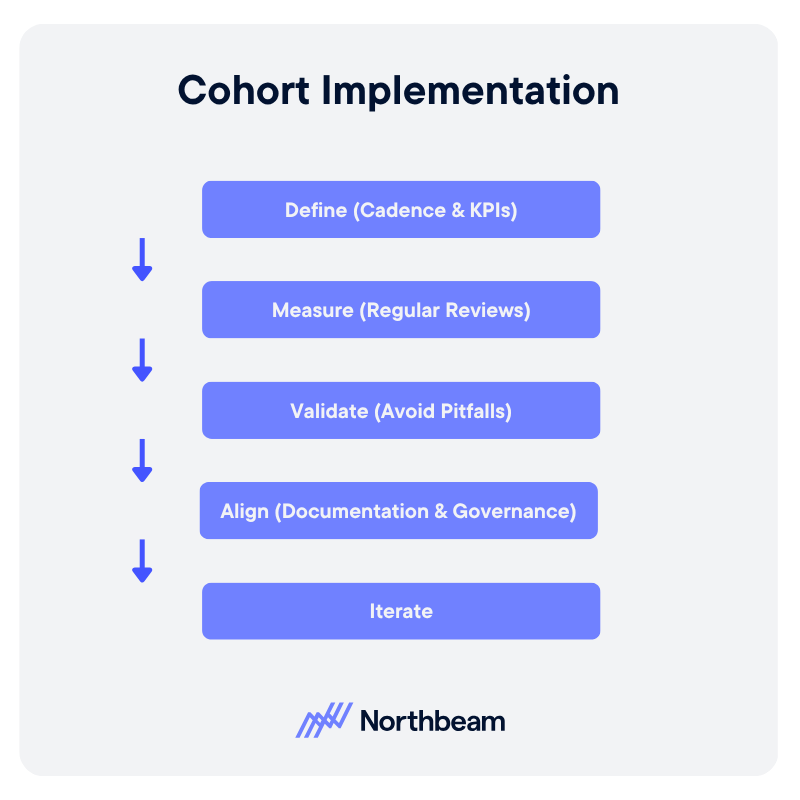
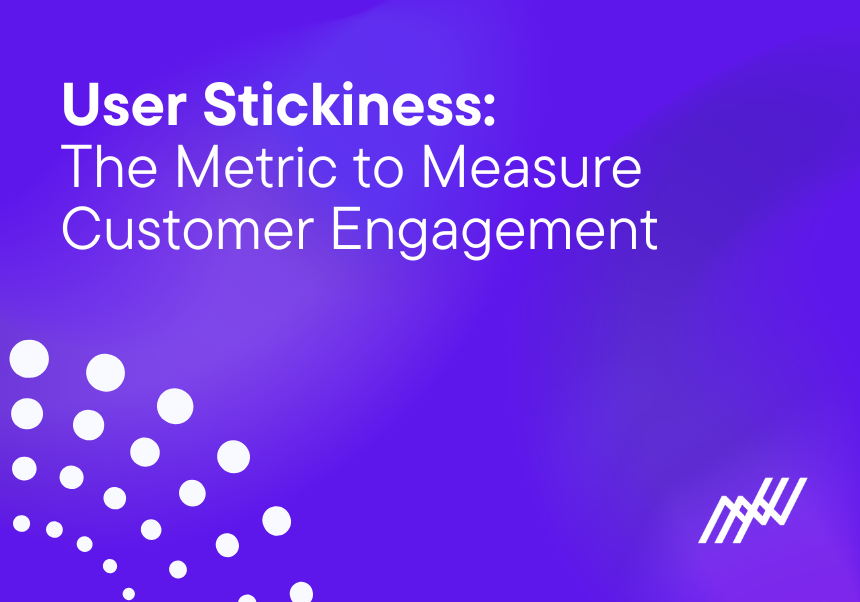


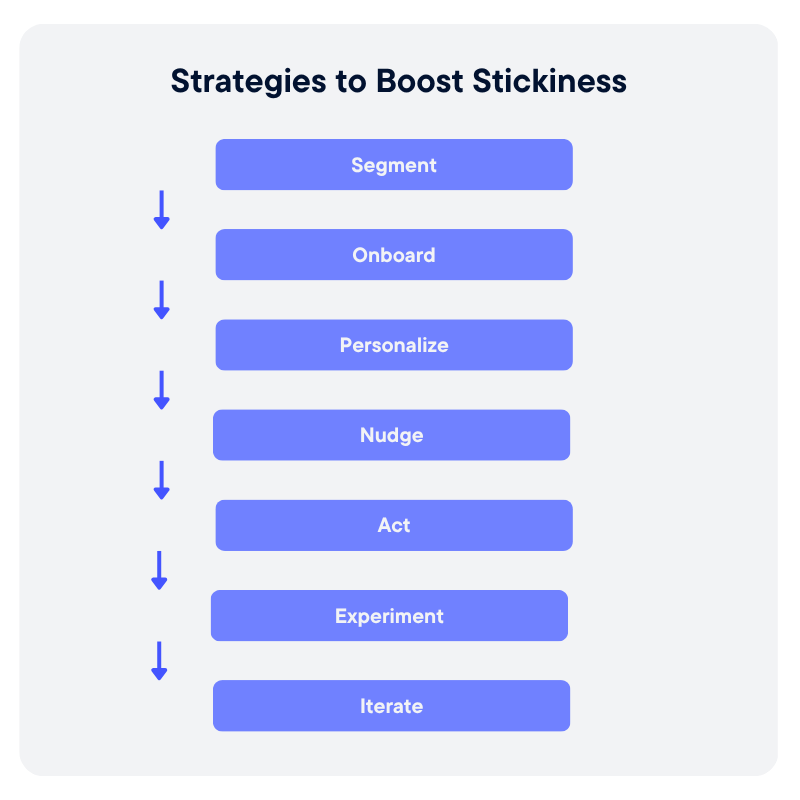

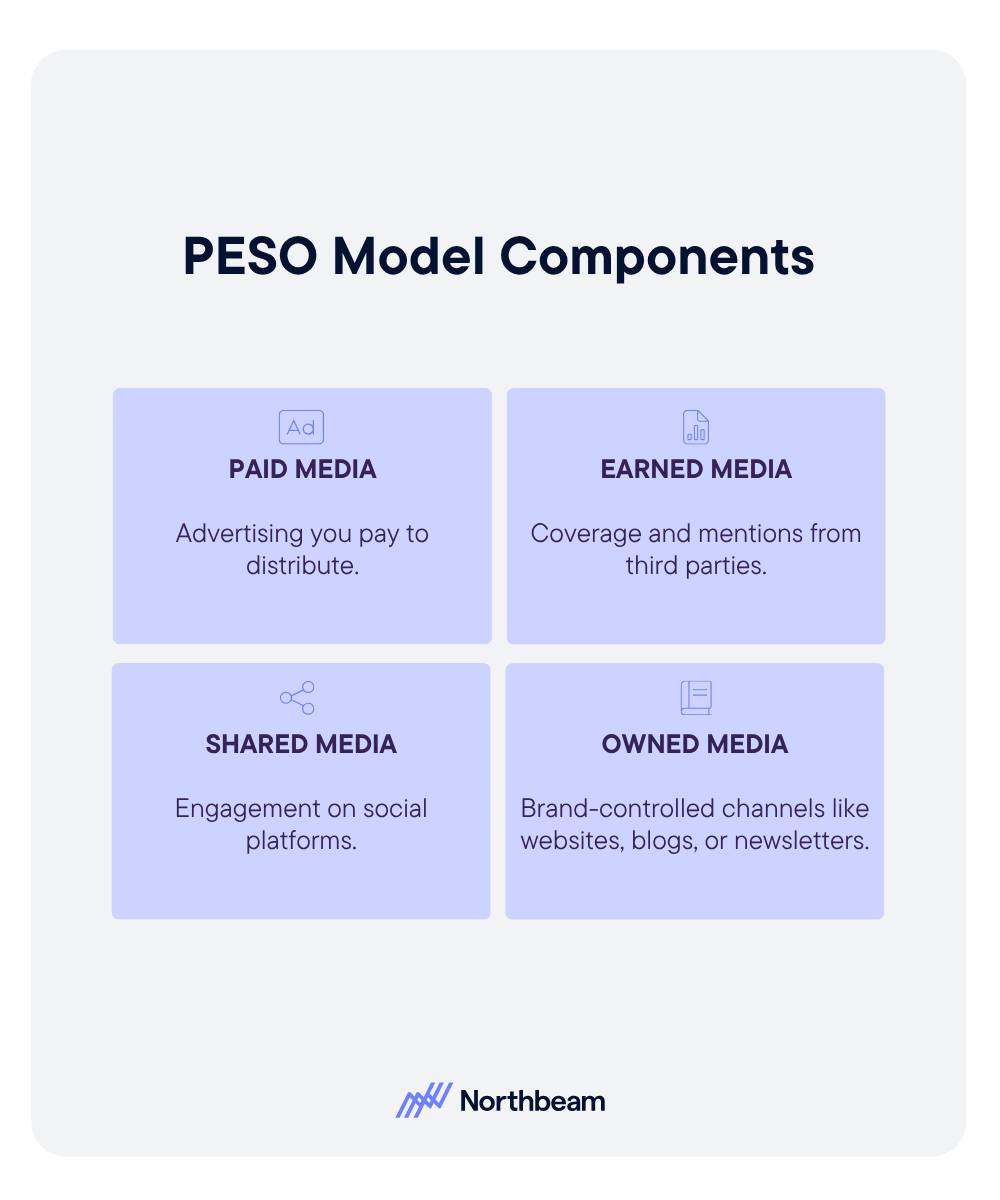
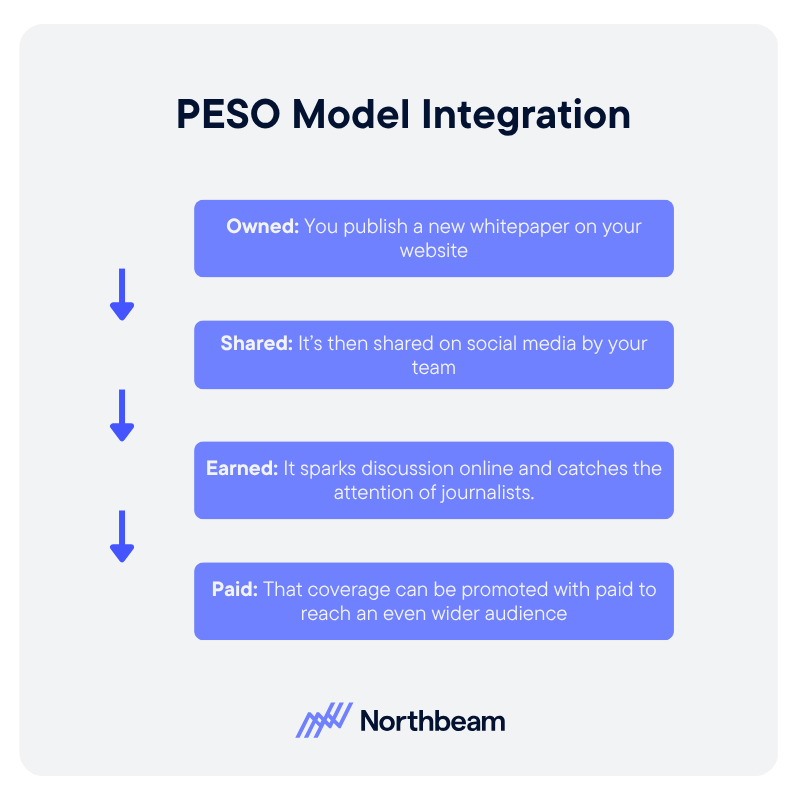
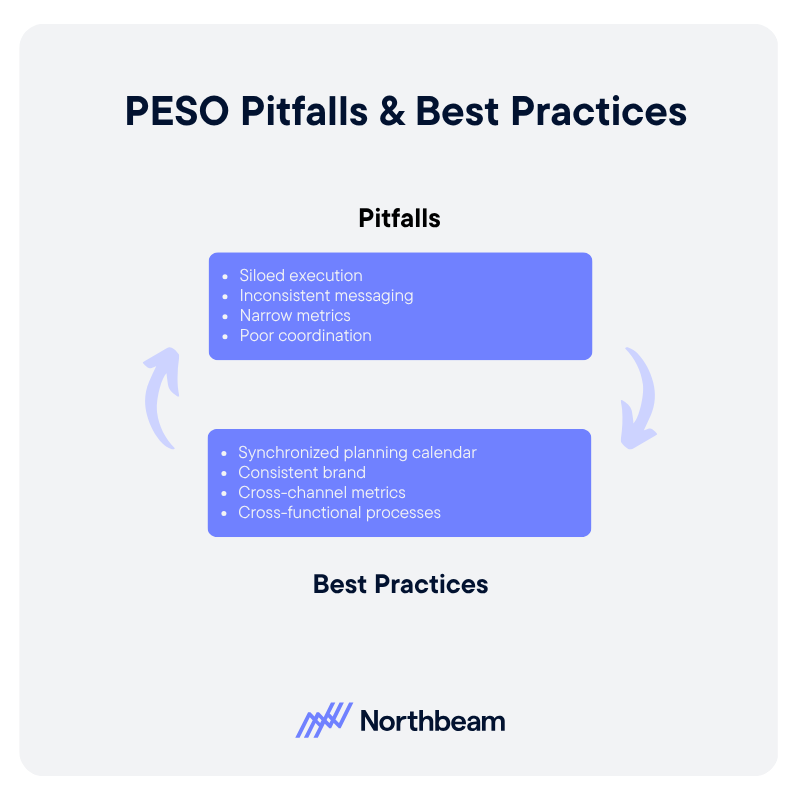
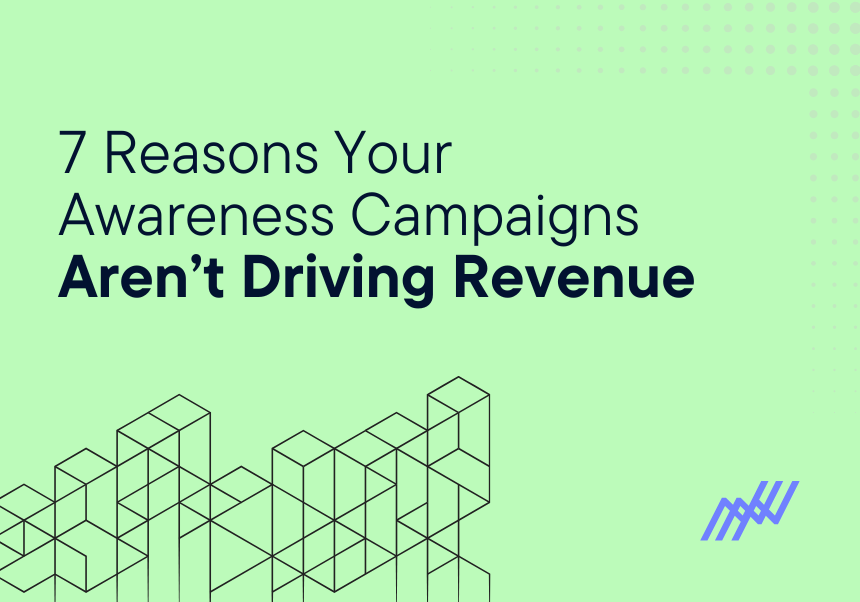

.png)


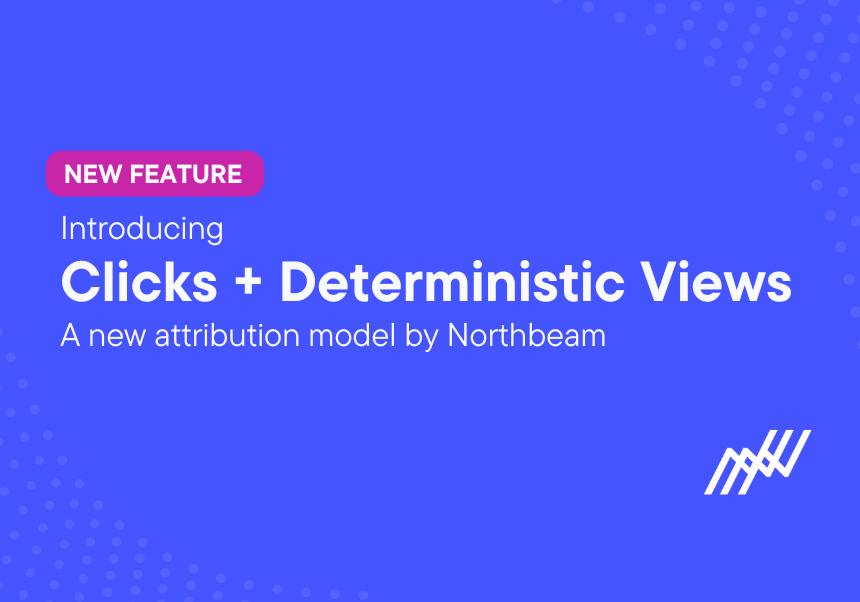


.png)







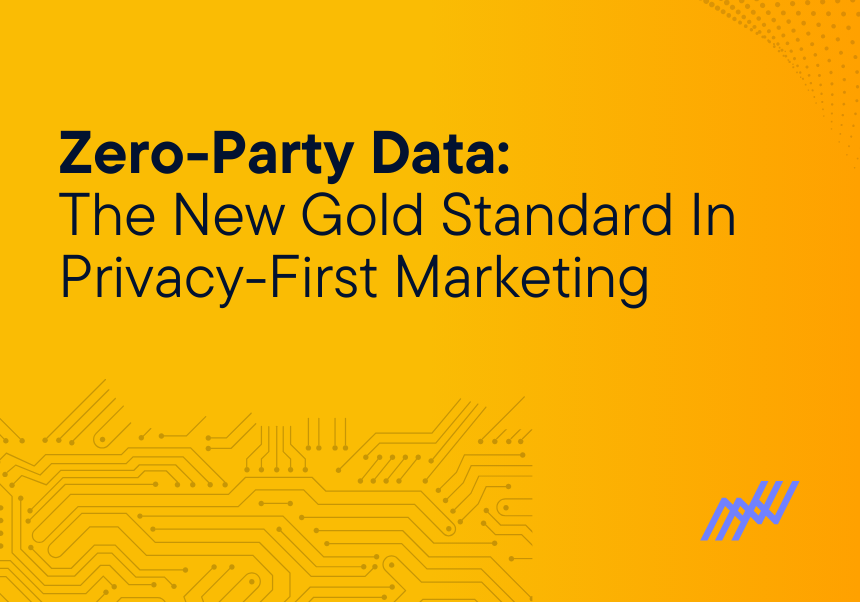
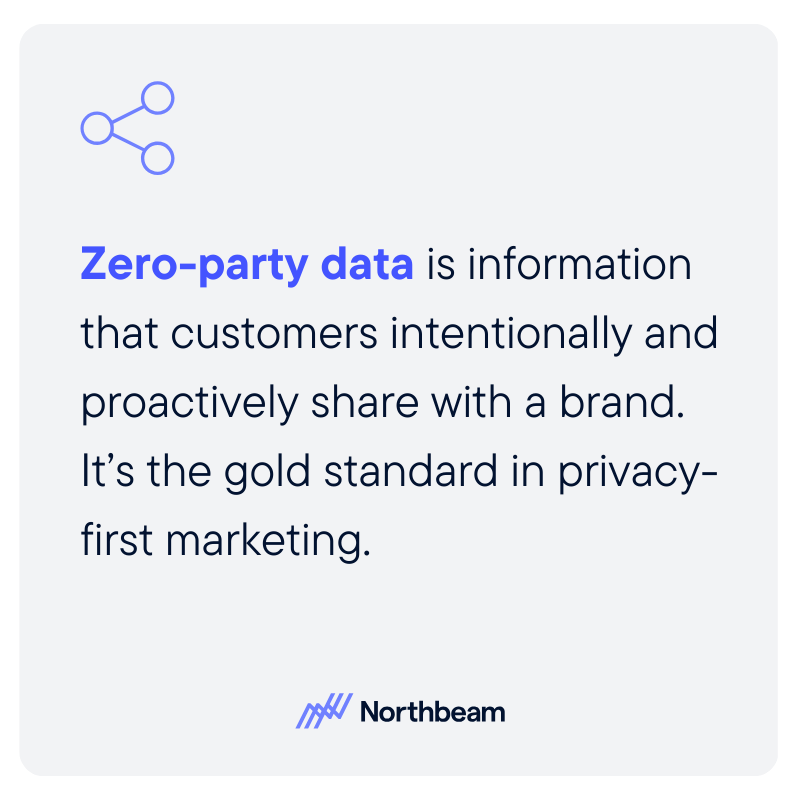

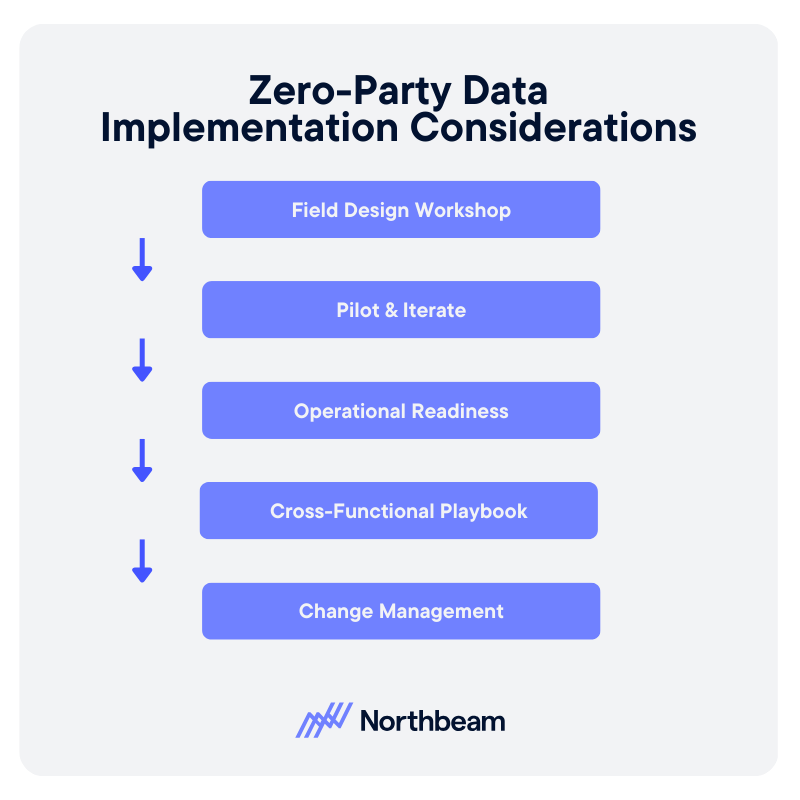




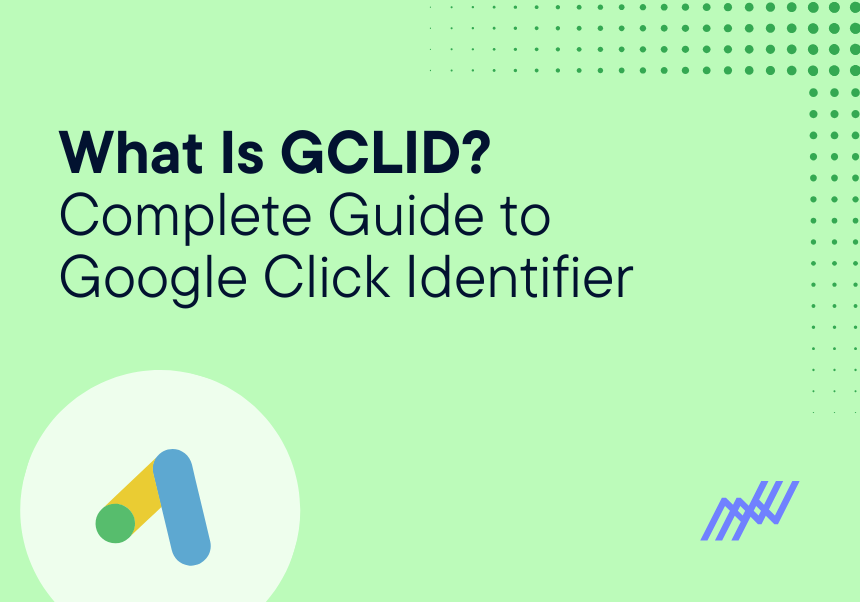


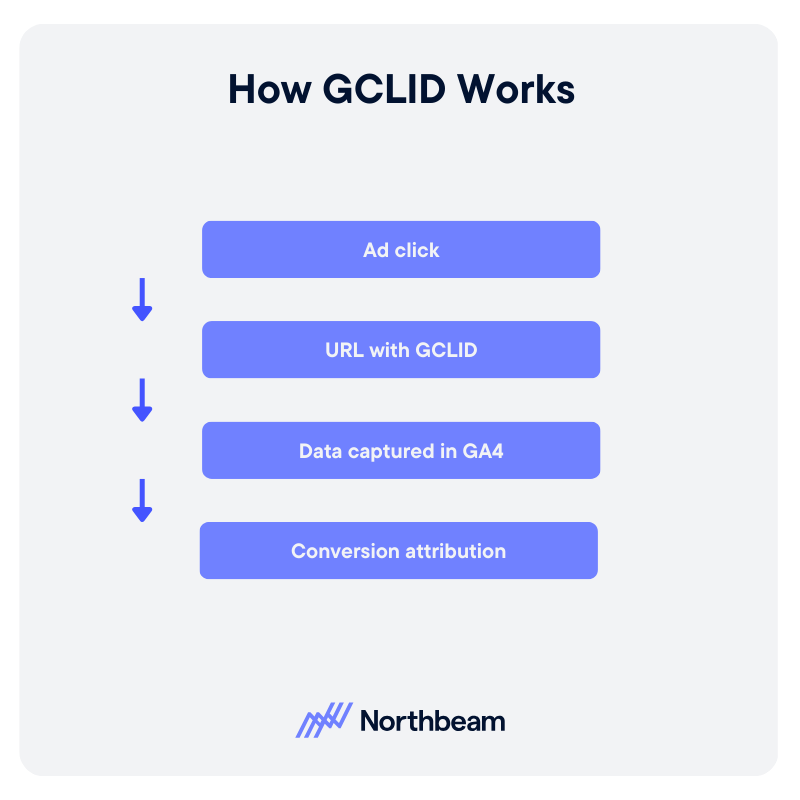
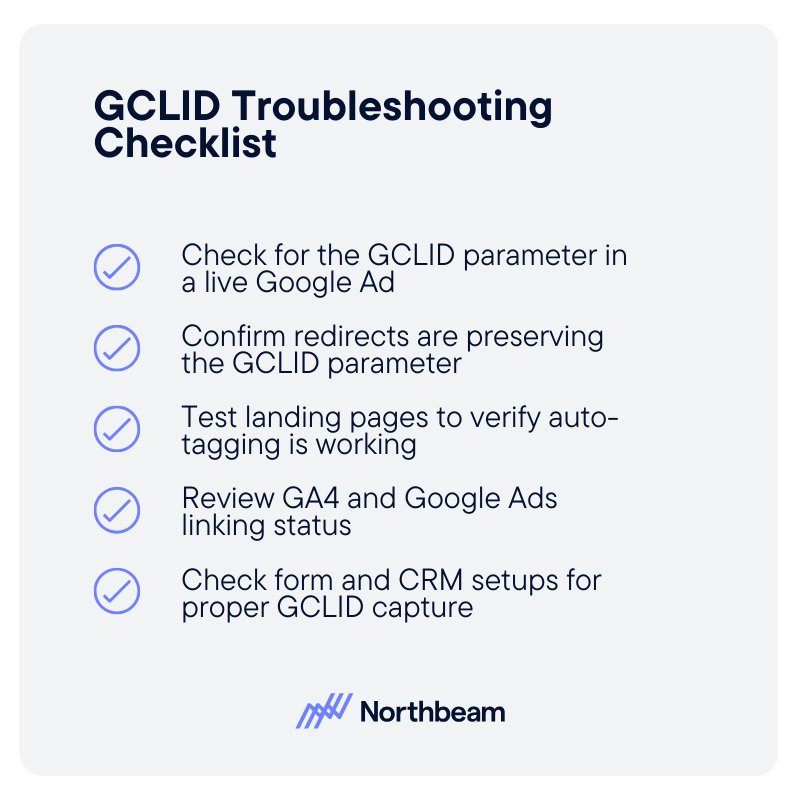

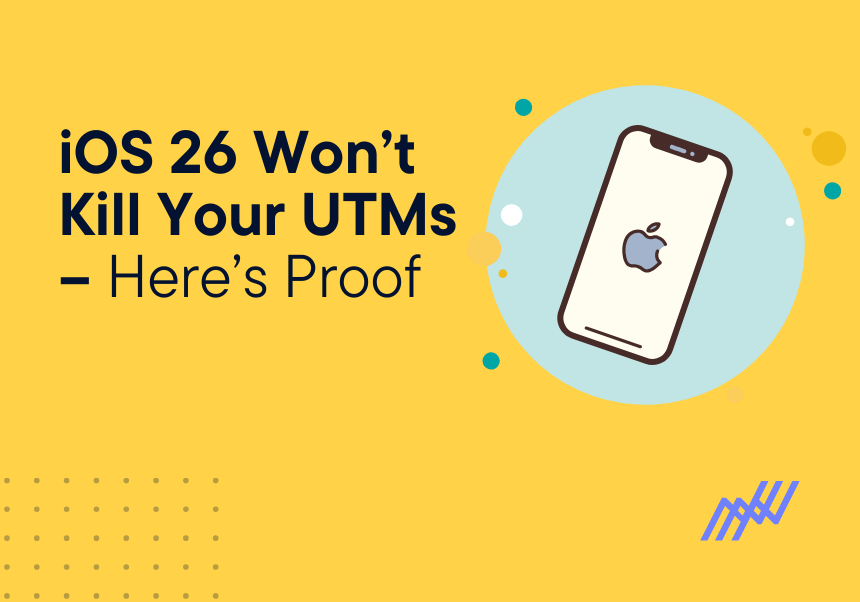



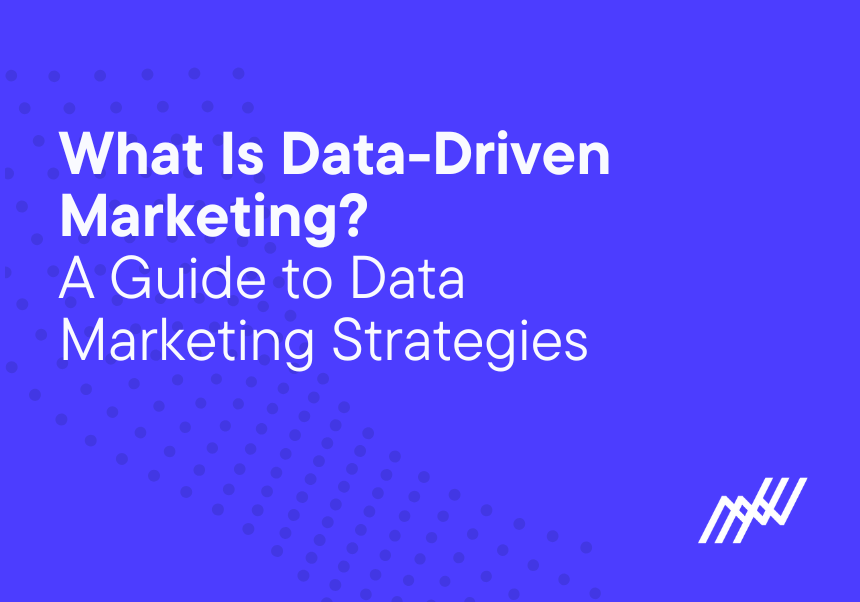


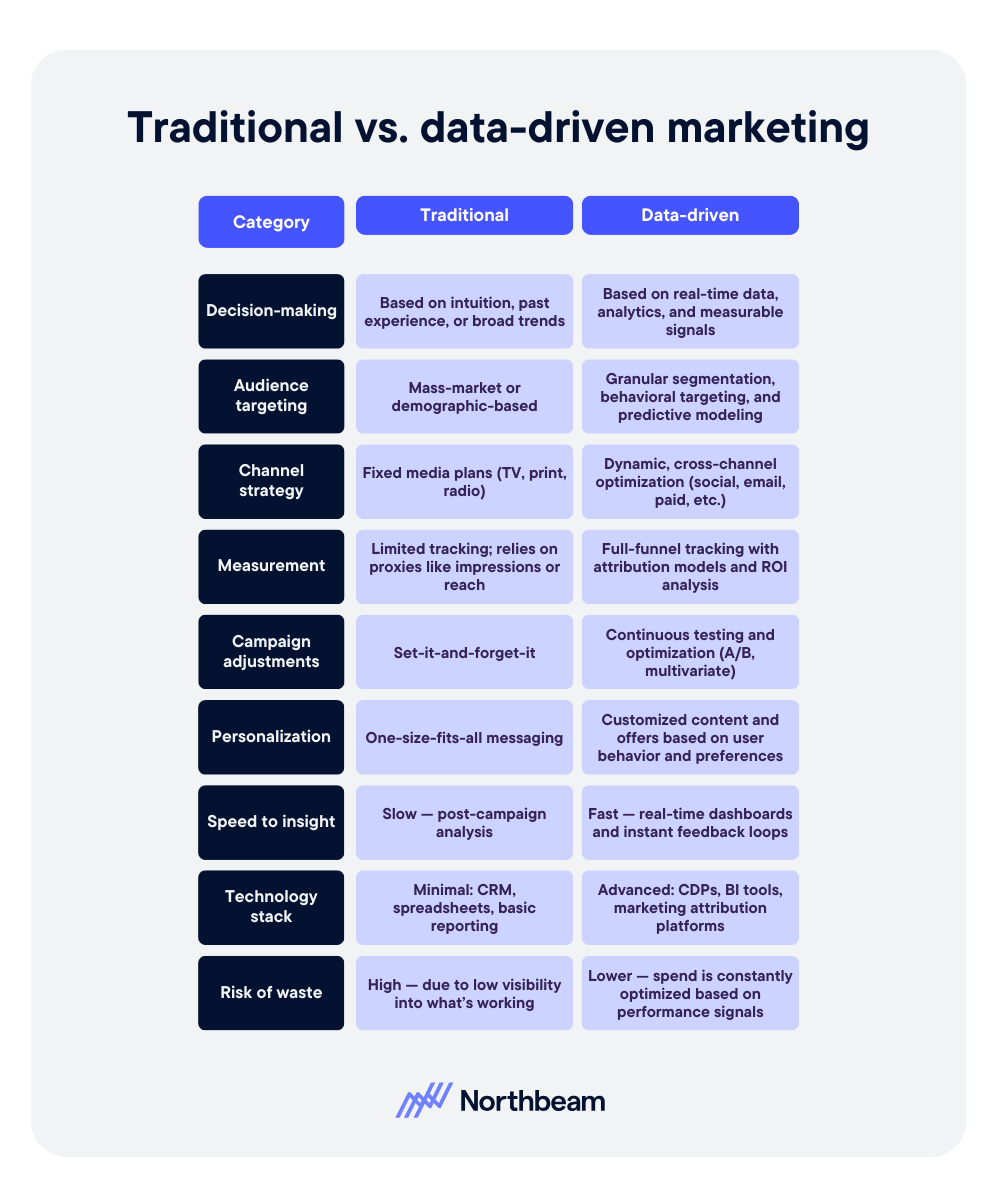
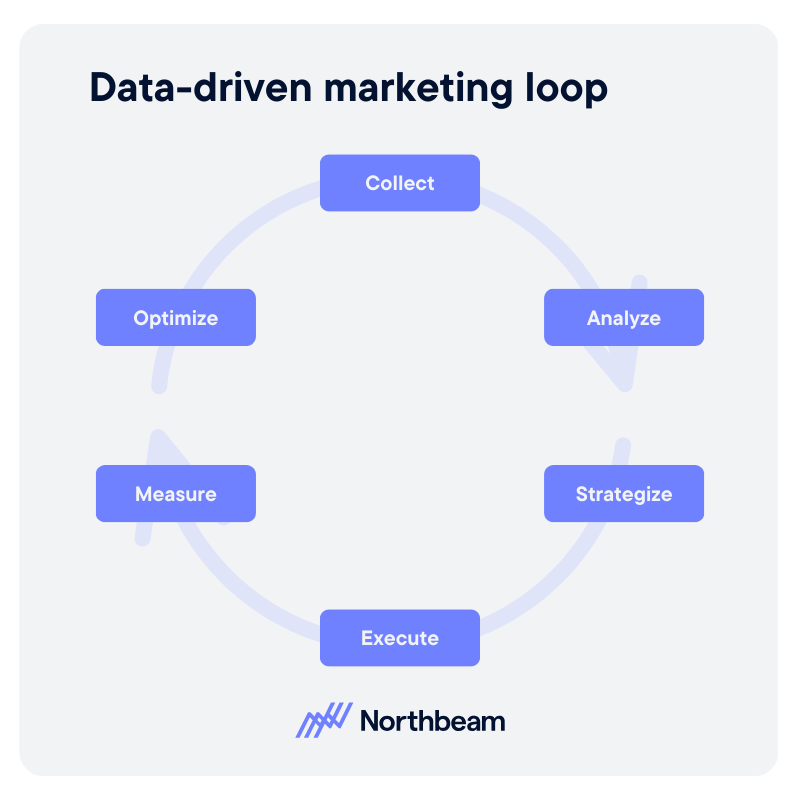


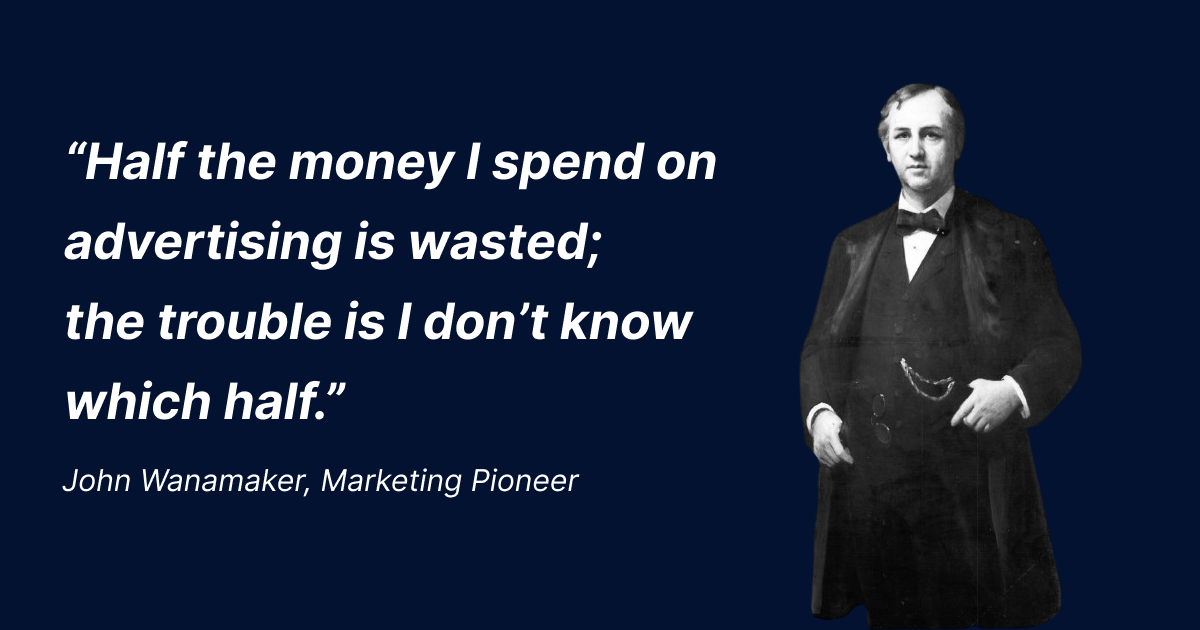



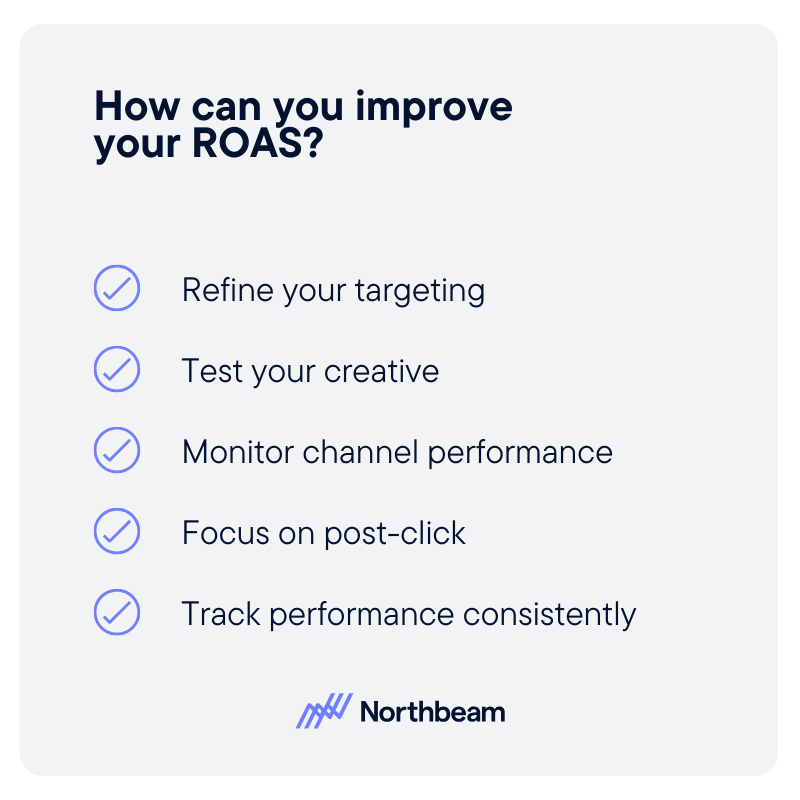





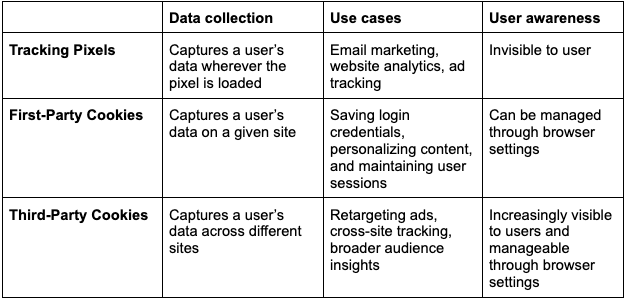
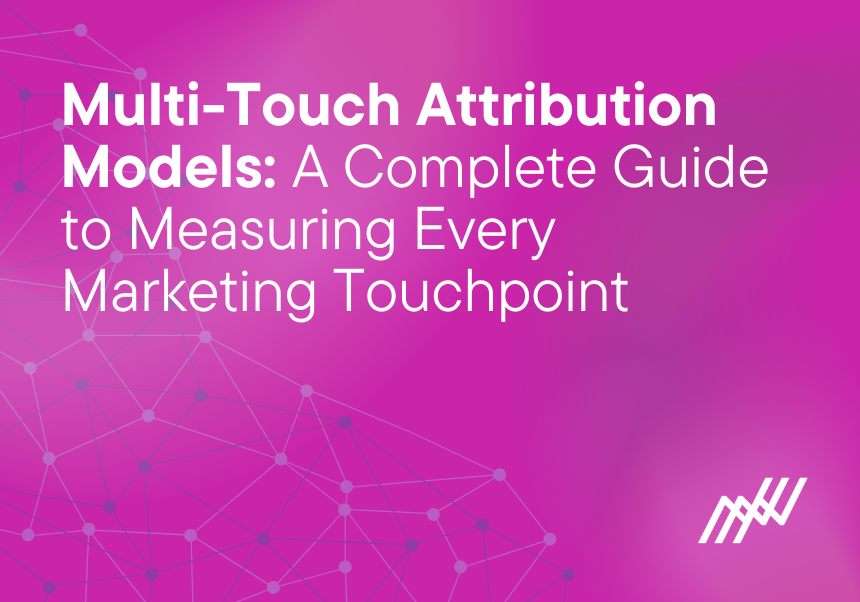
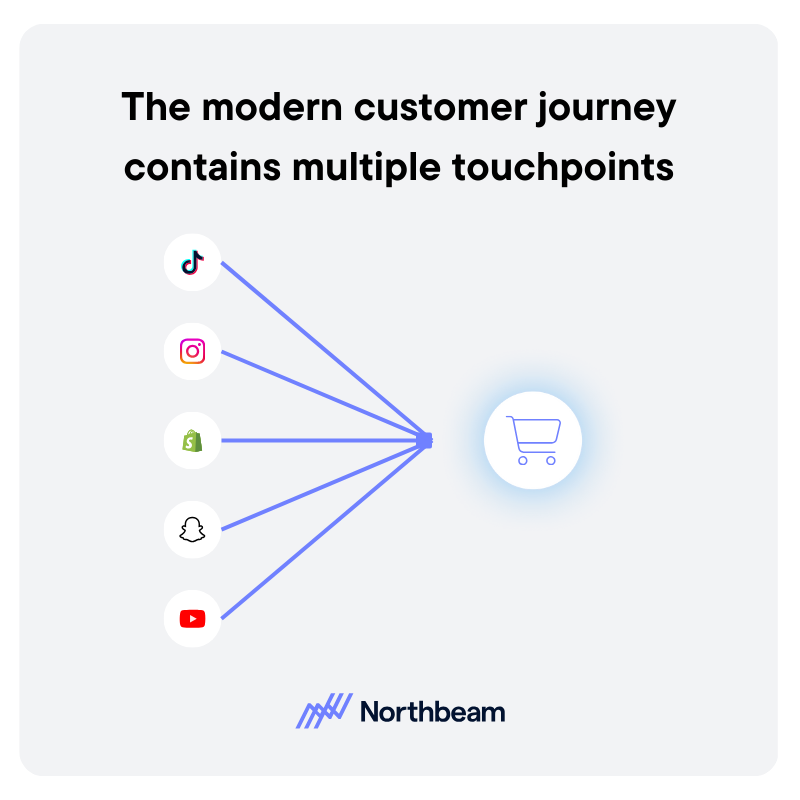
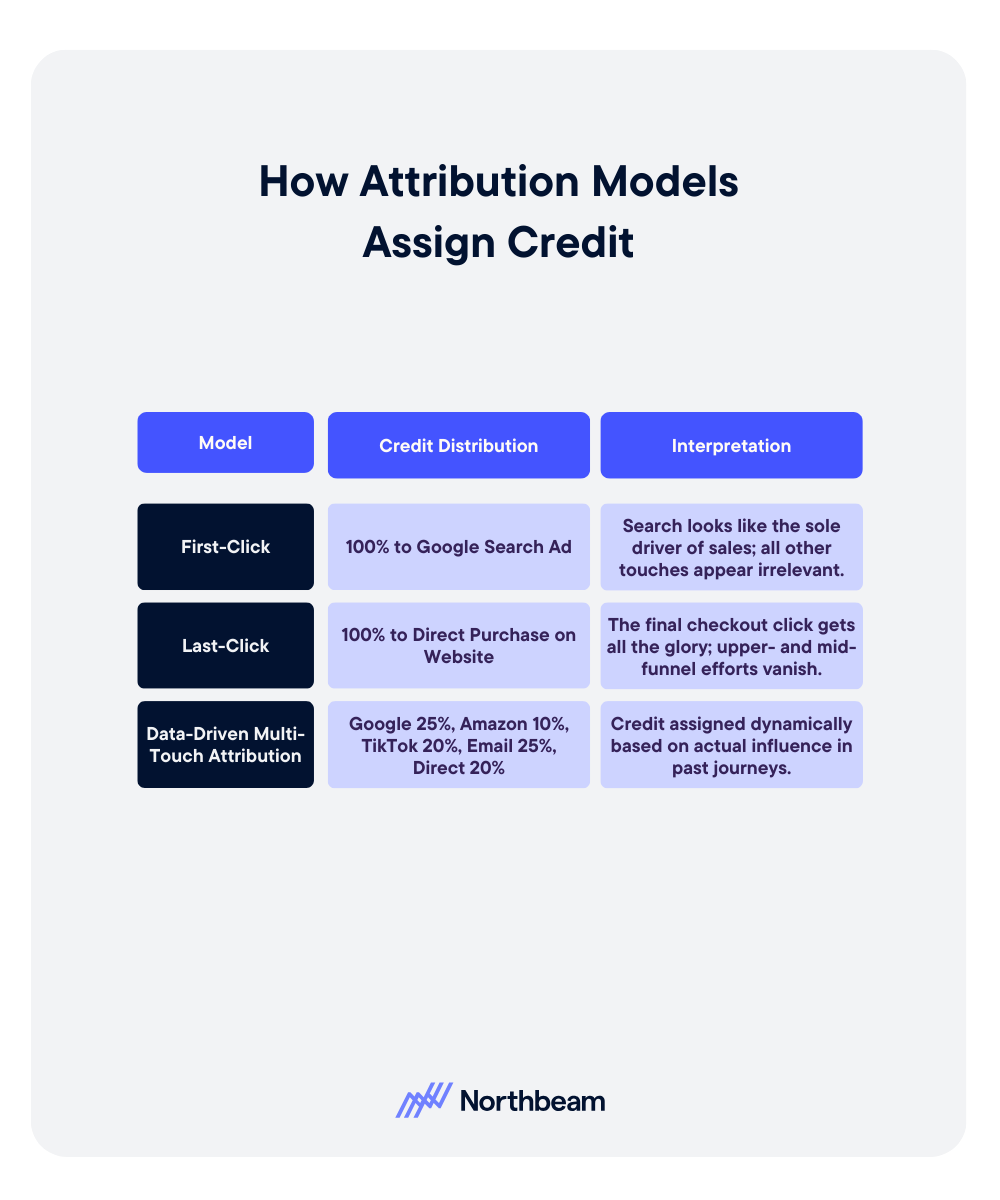
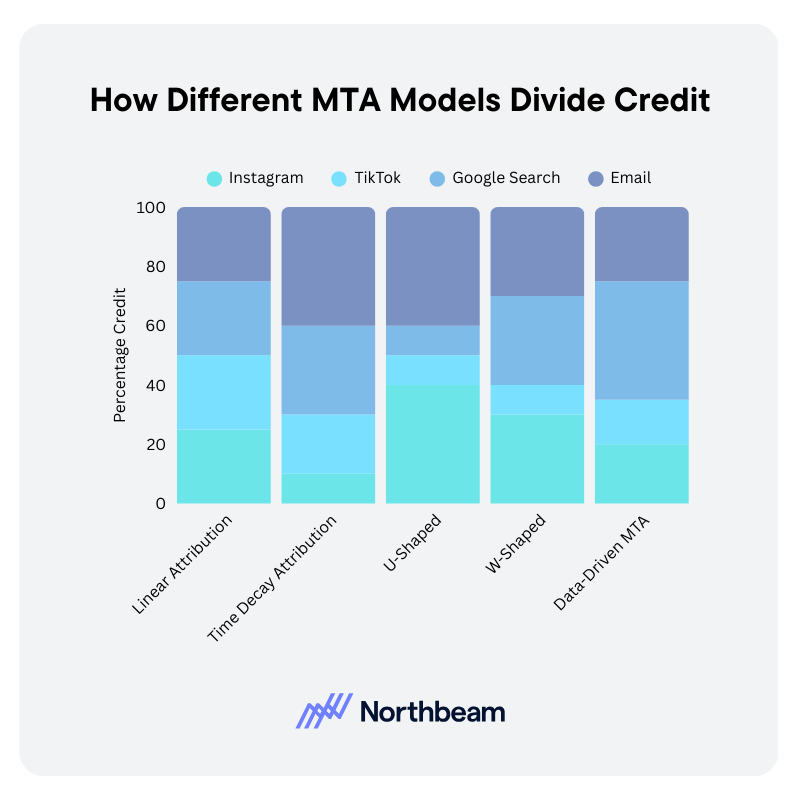
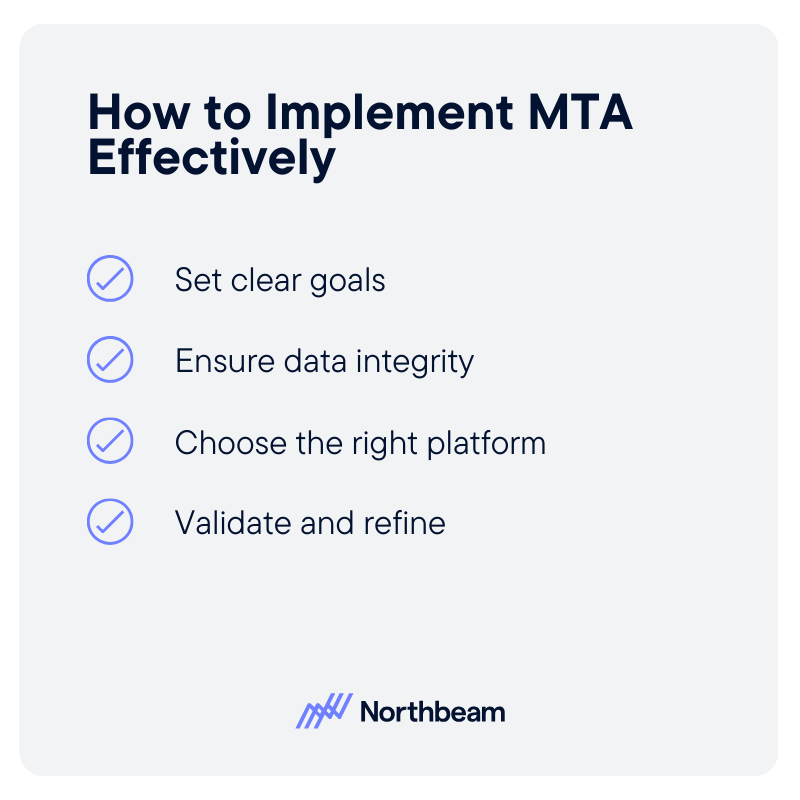
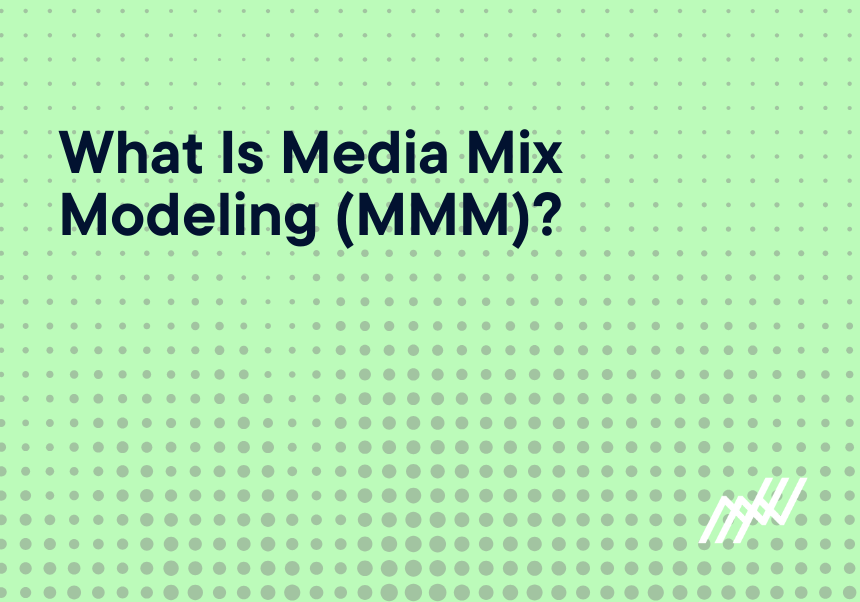
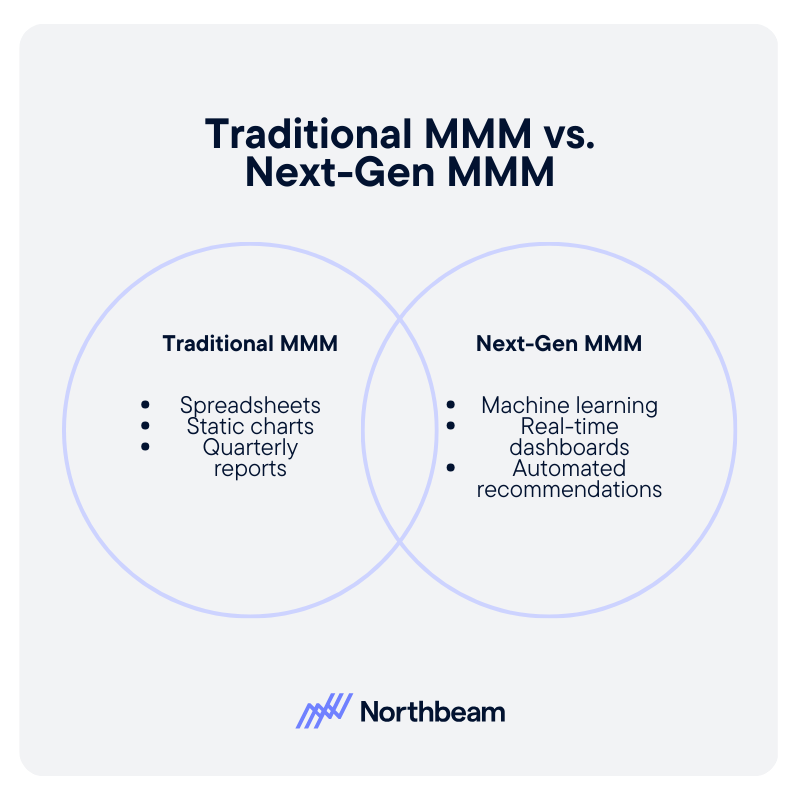
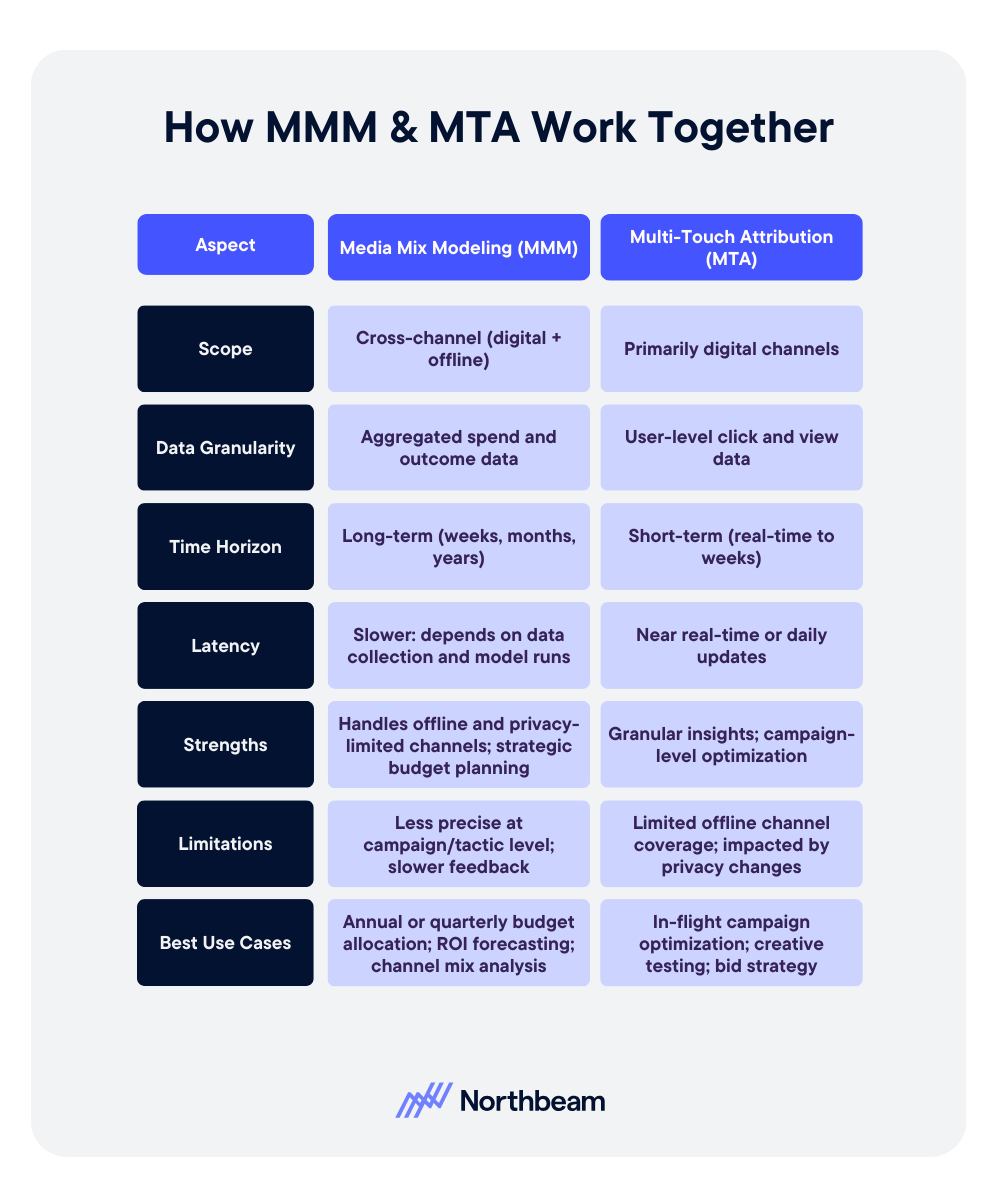
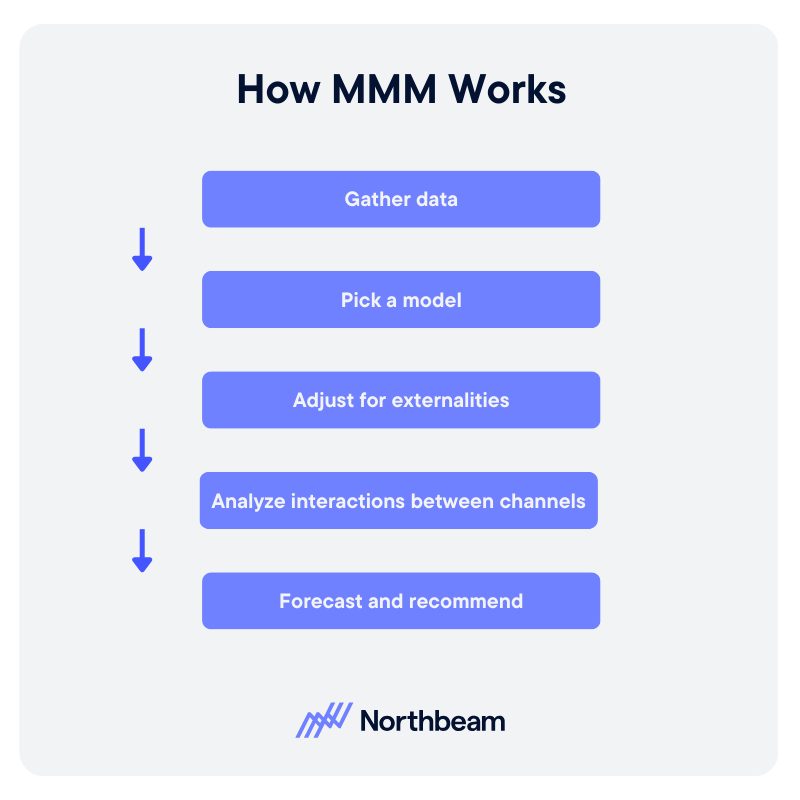
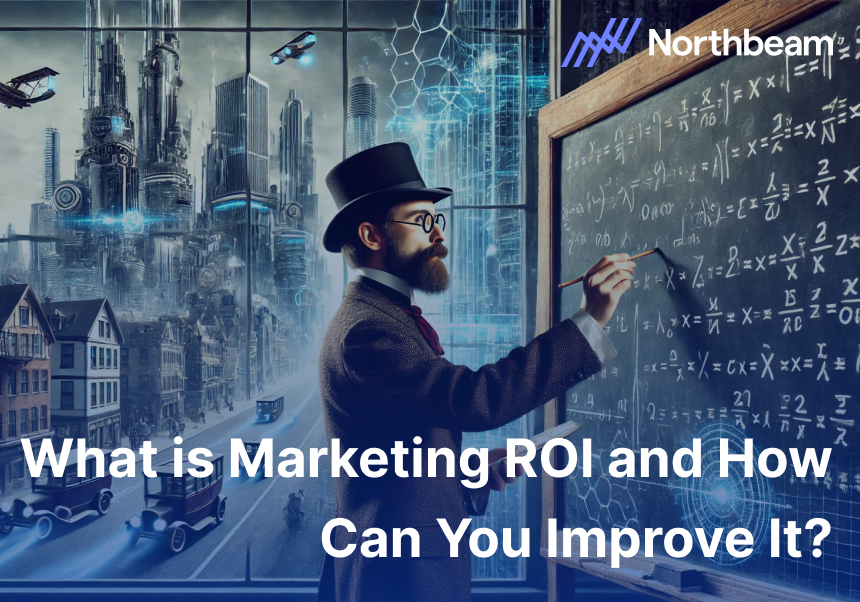

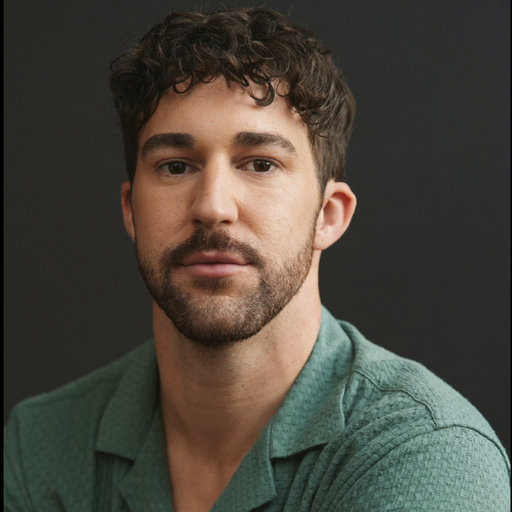
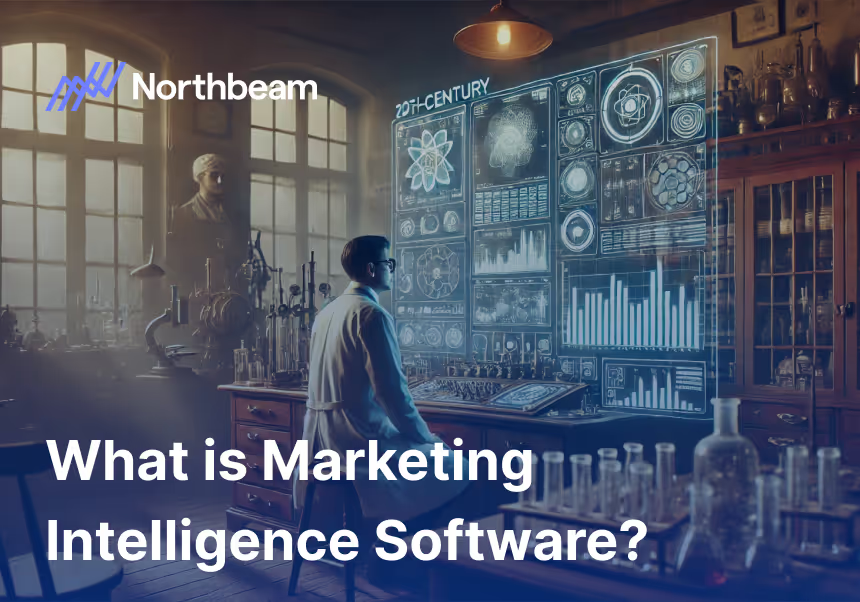


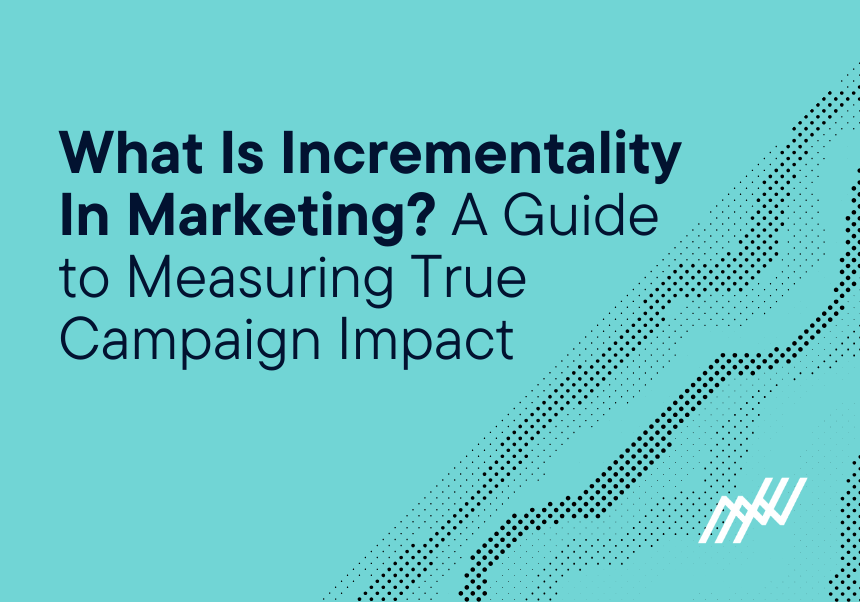


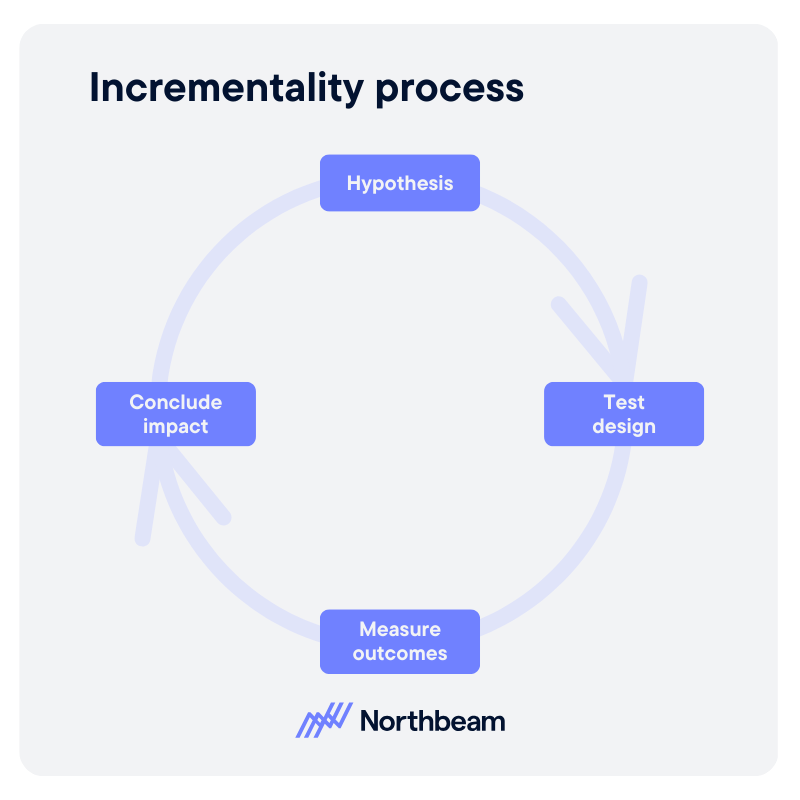
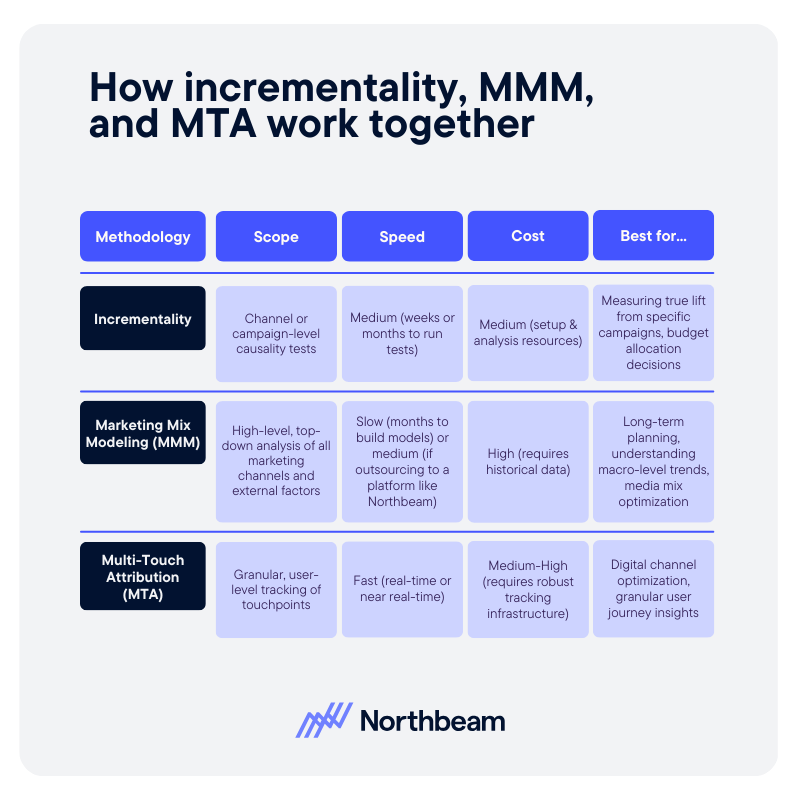



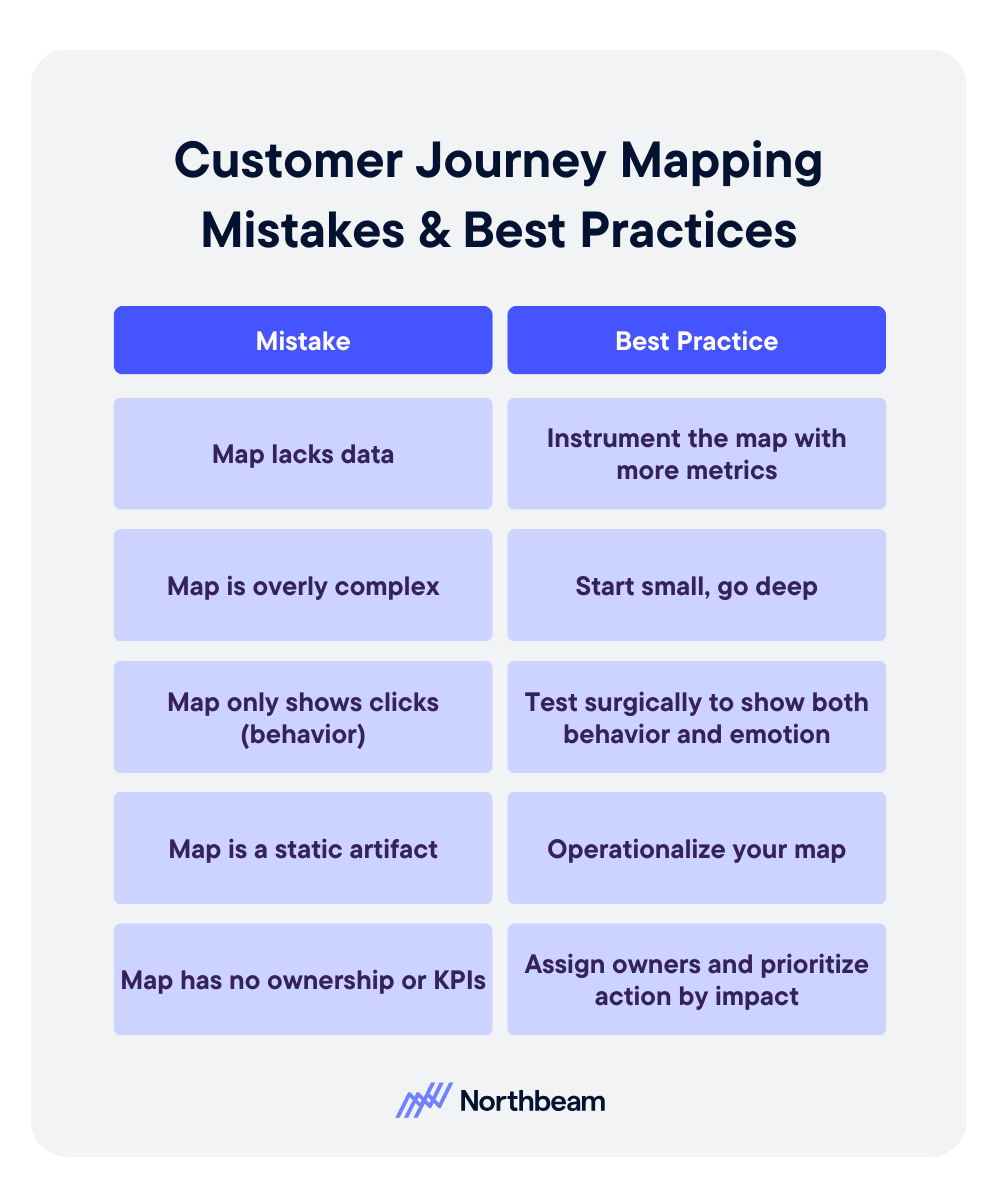


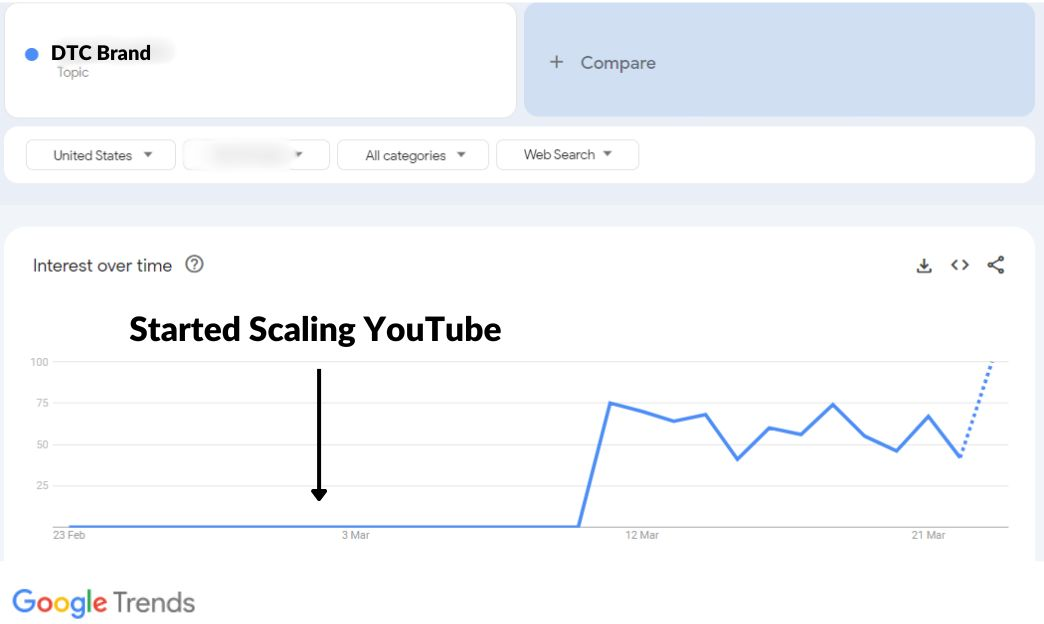
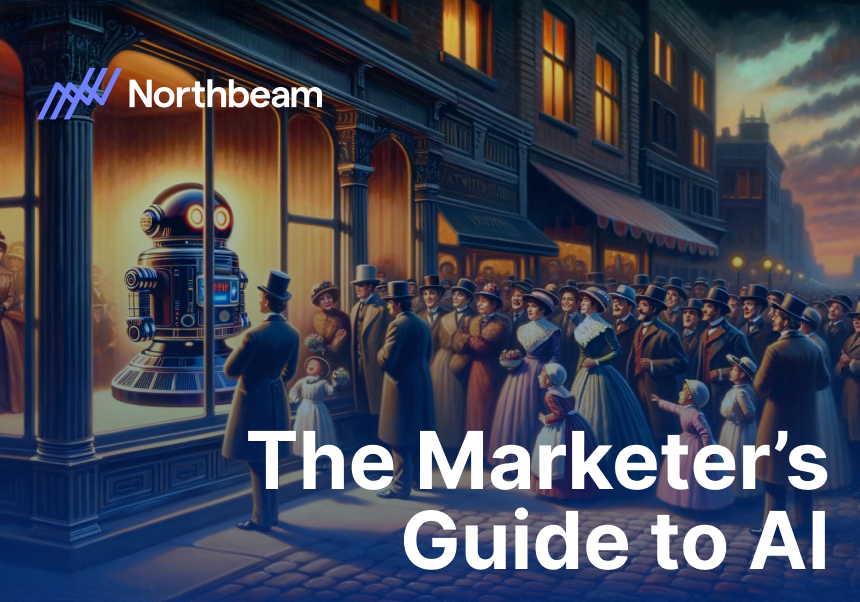
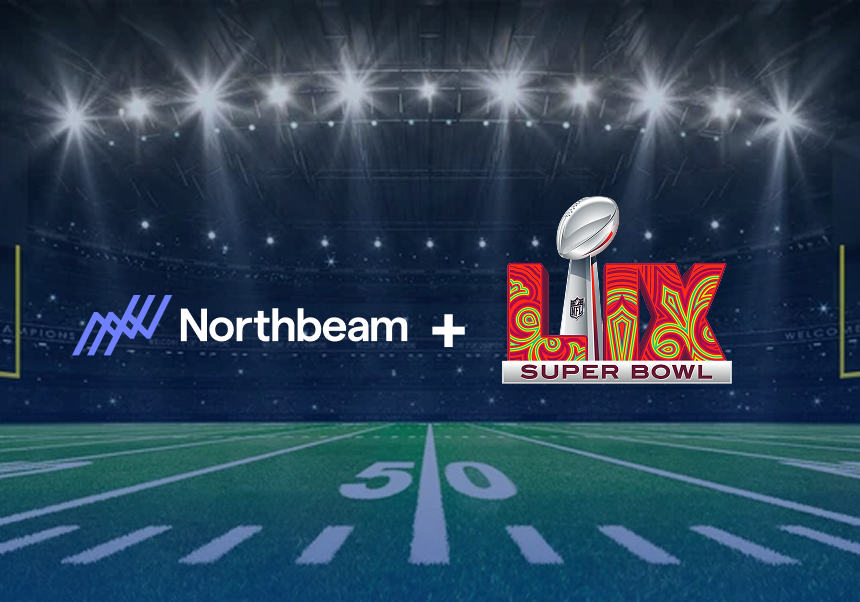
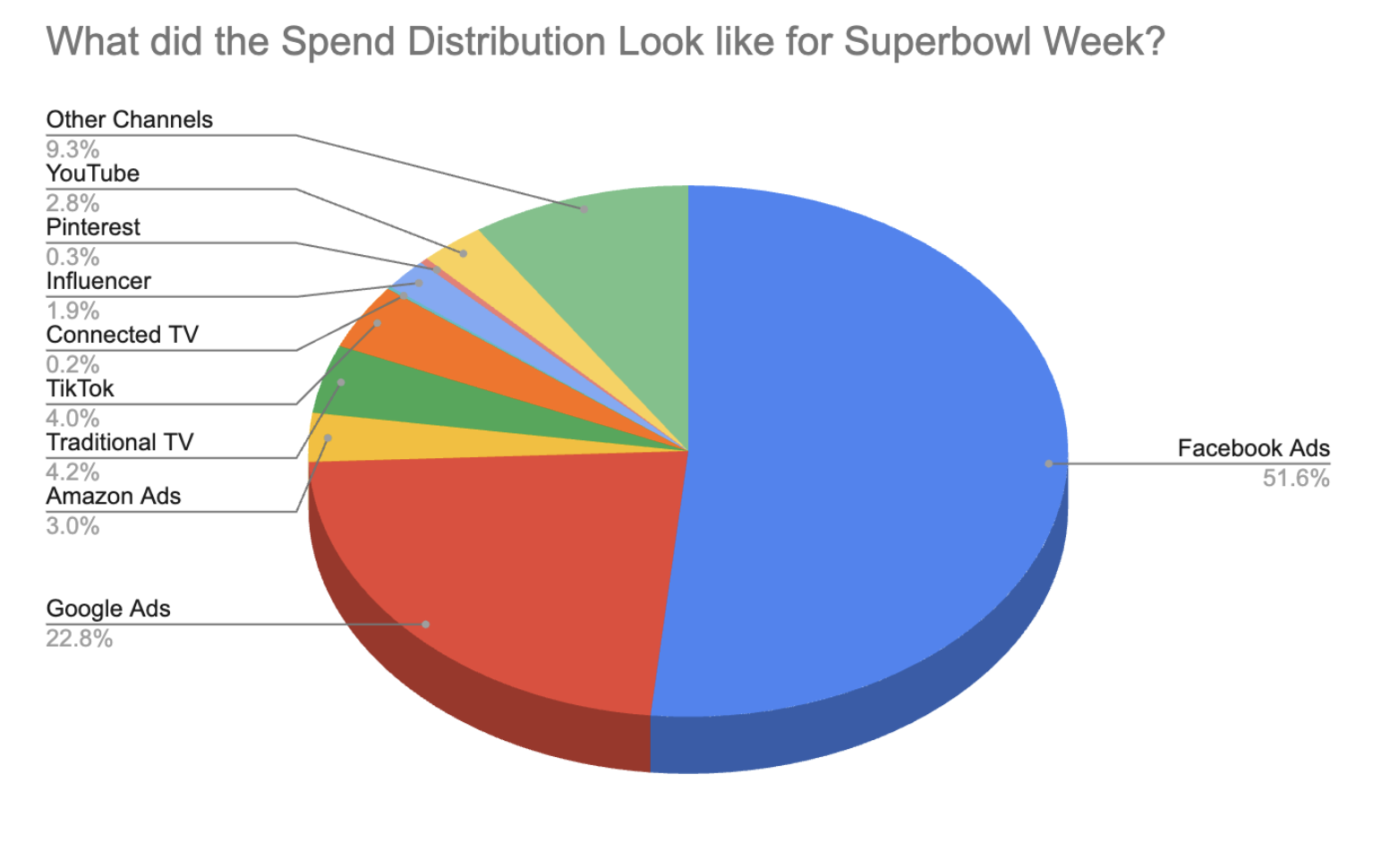



%25201.png)

.png)
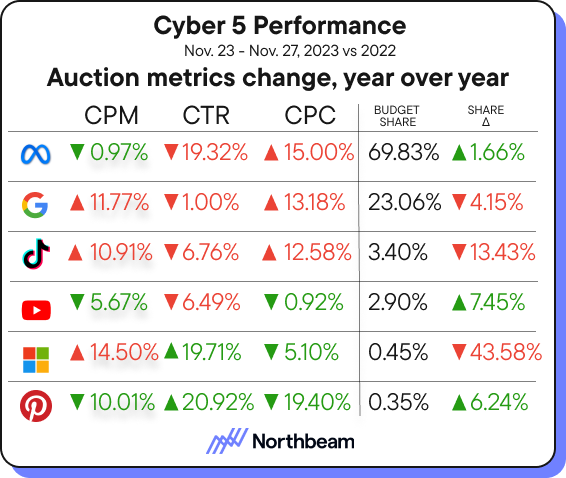
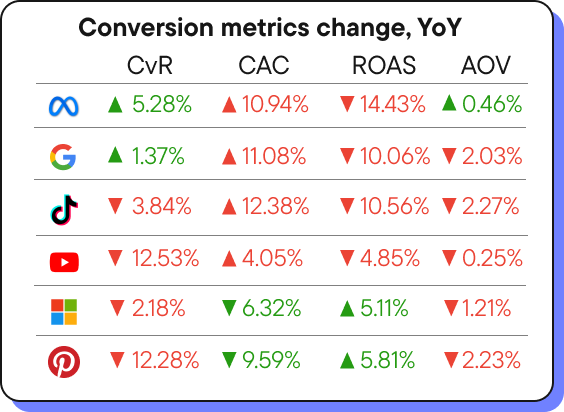
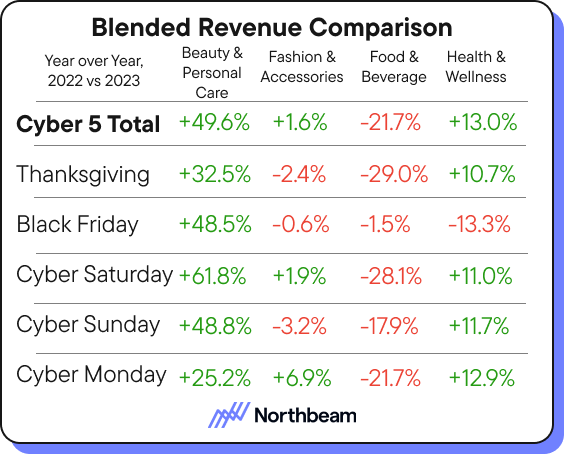
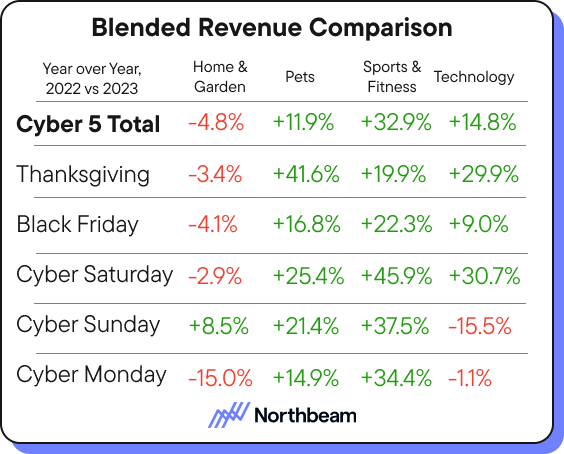

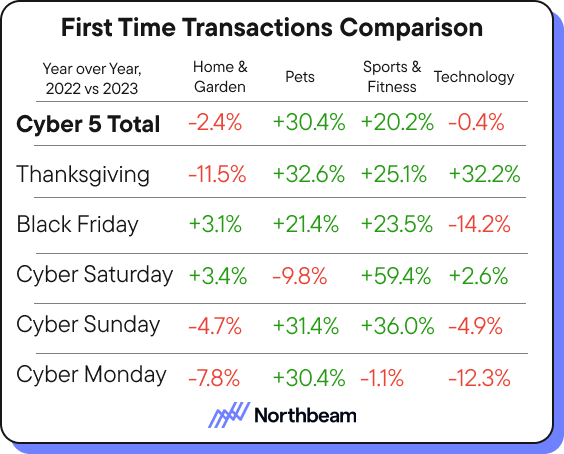


.jpeg)

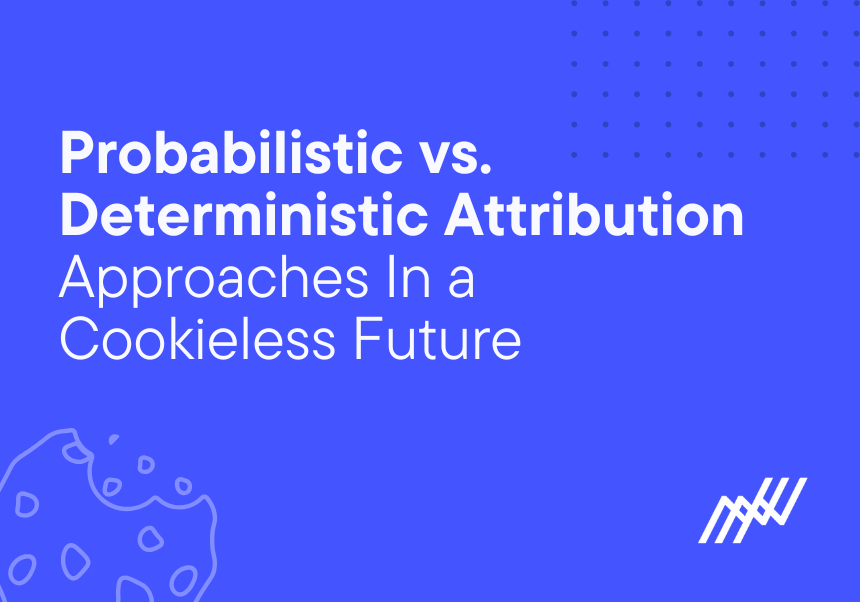


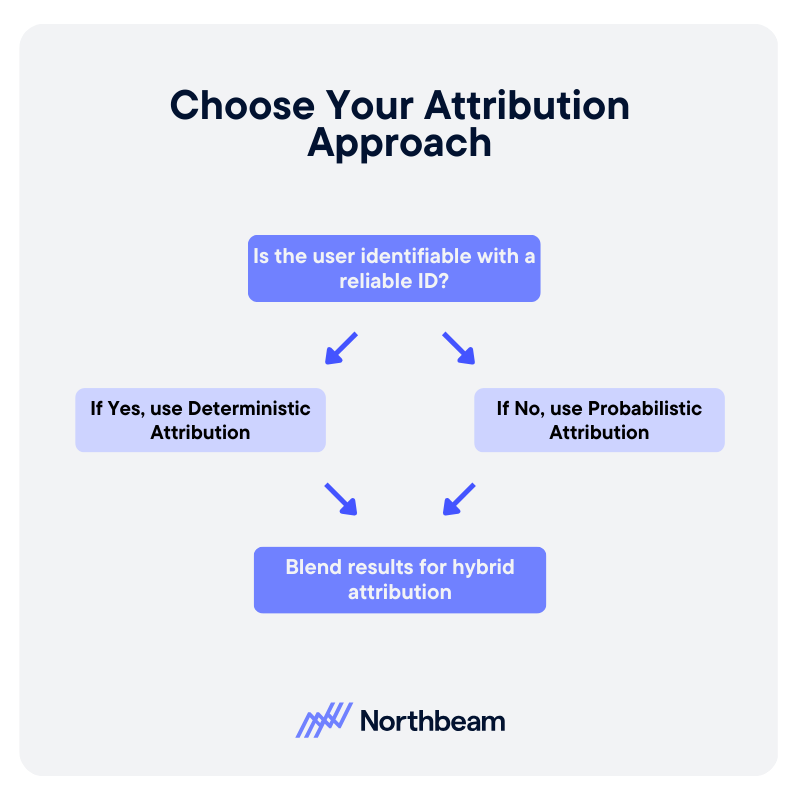




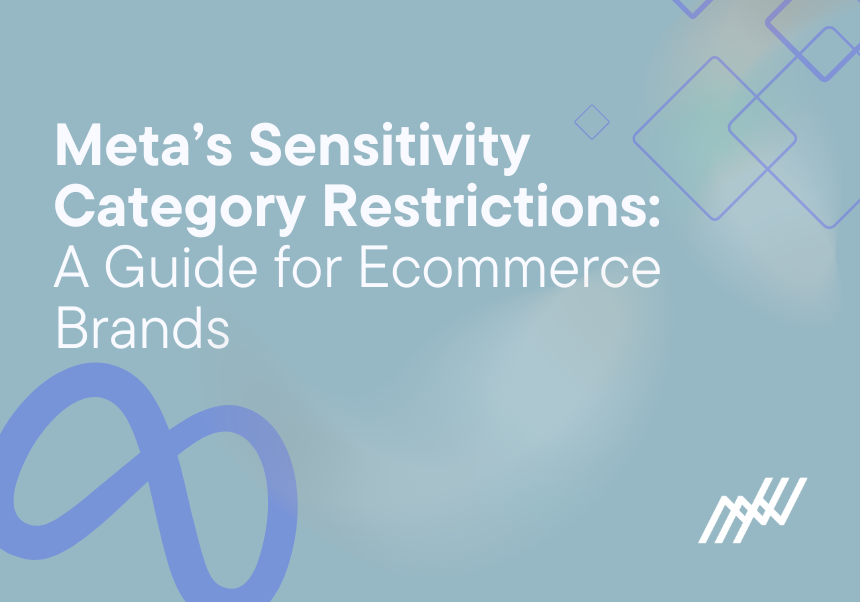
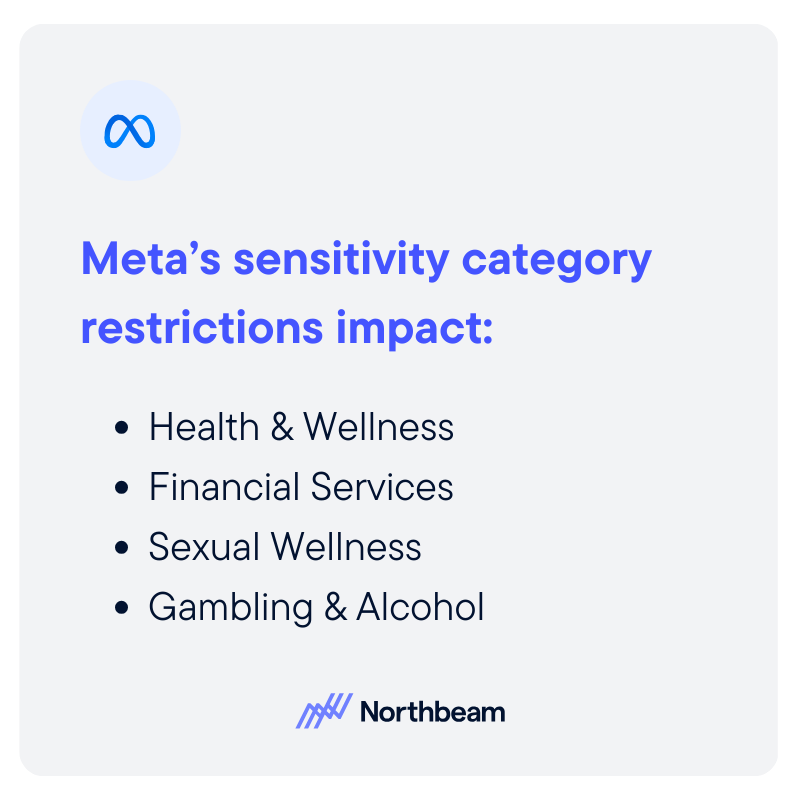


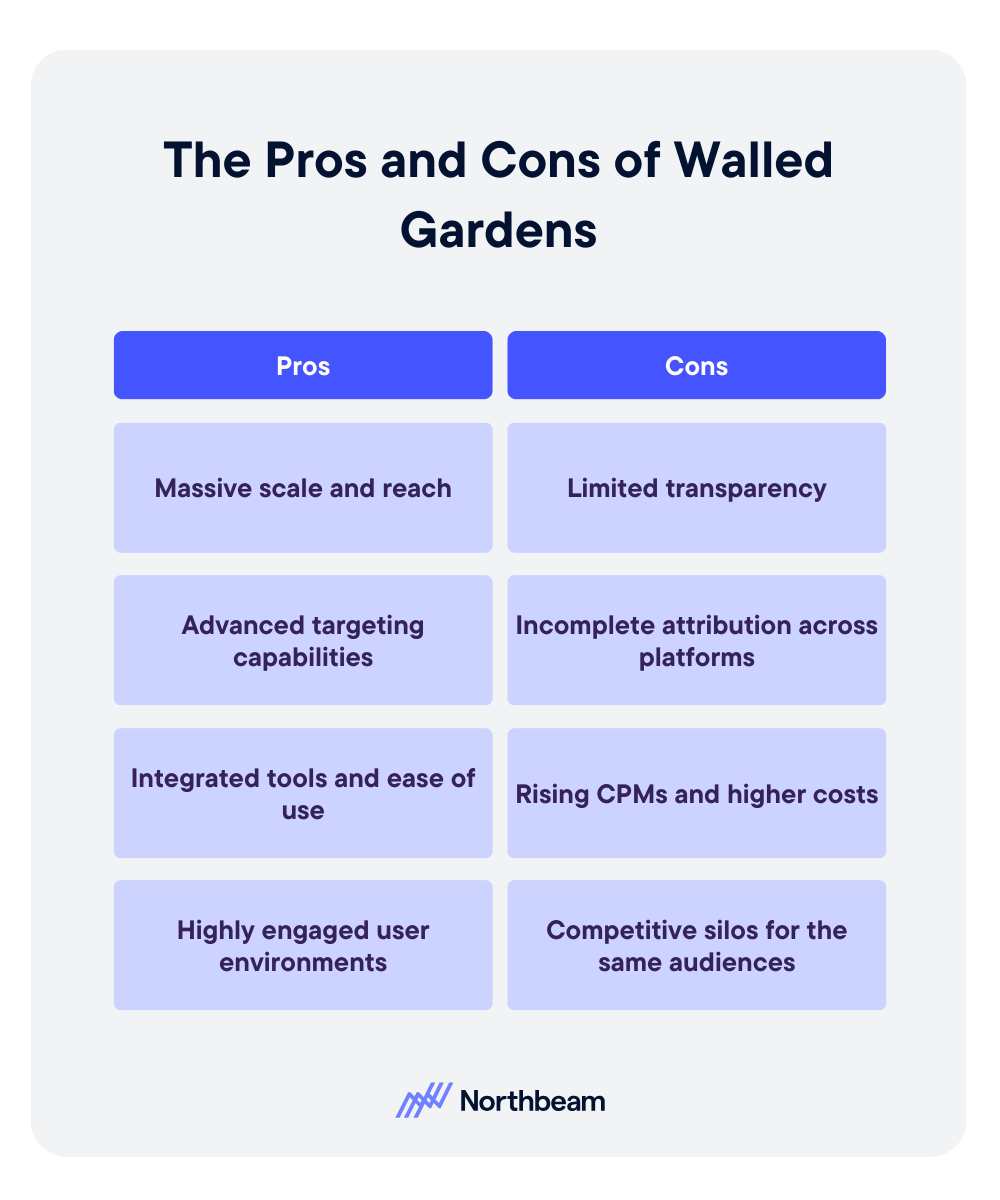
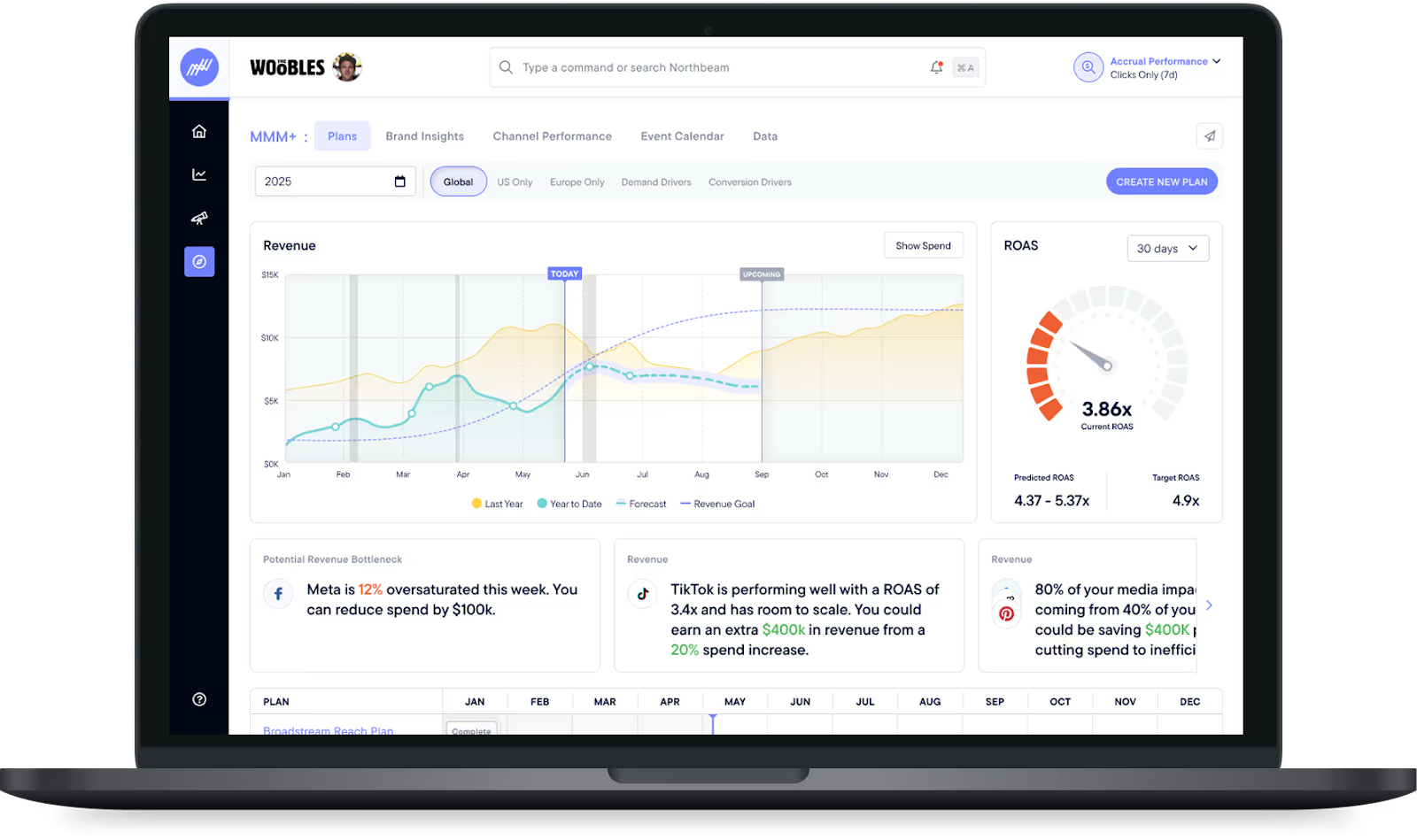
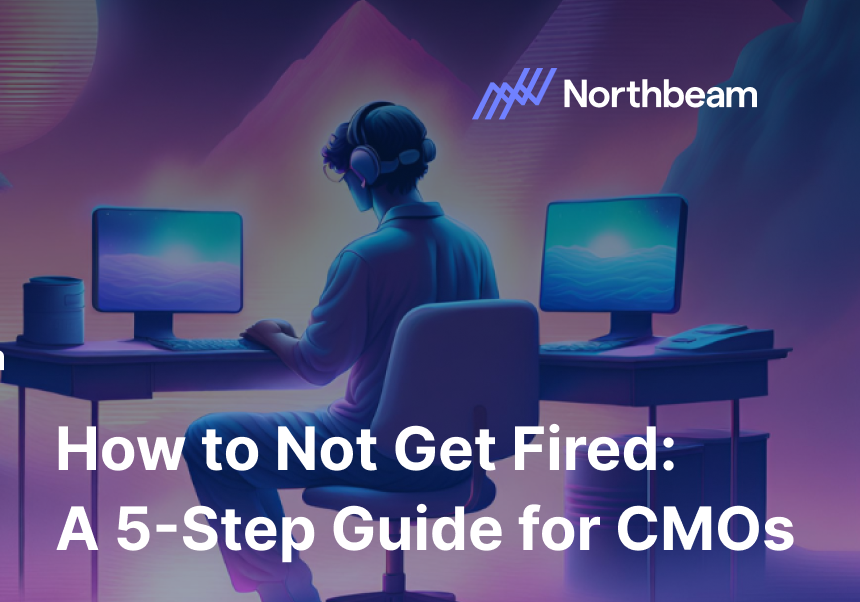
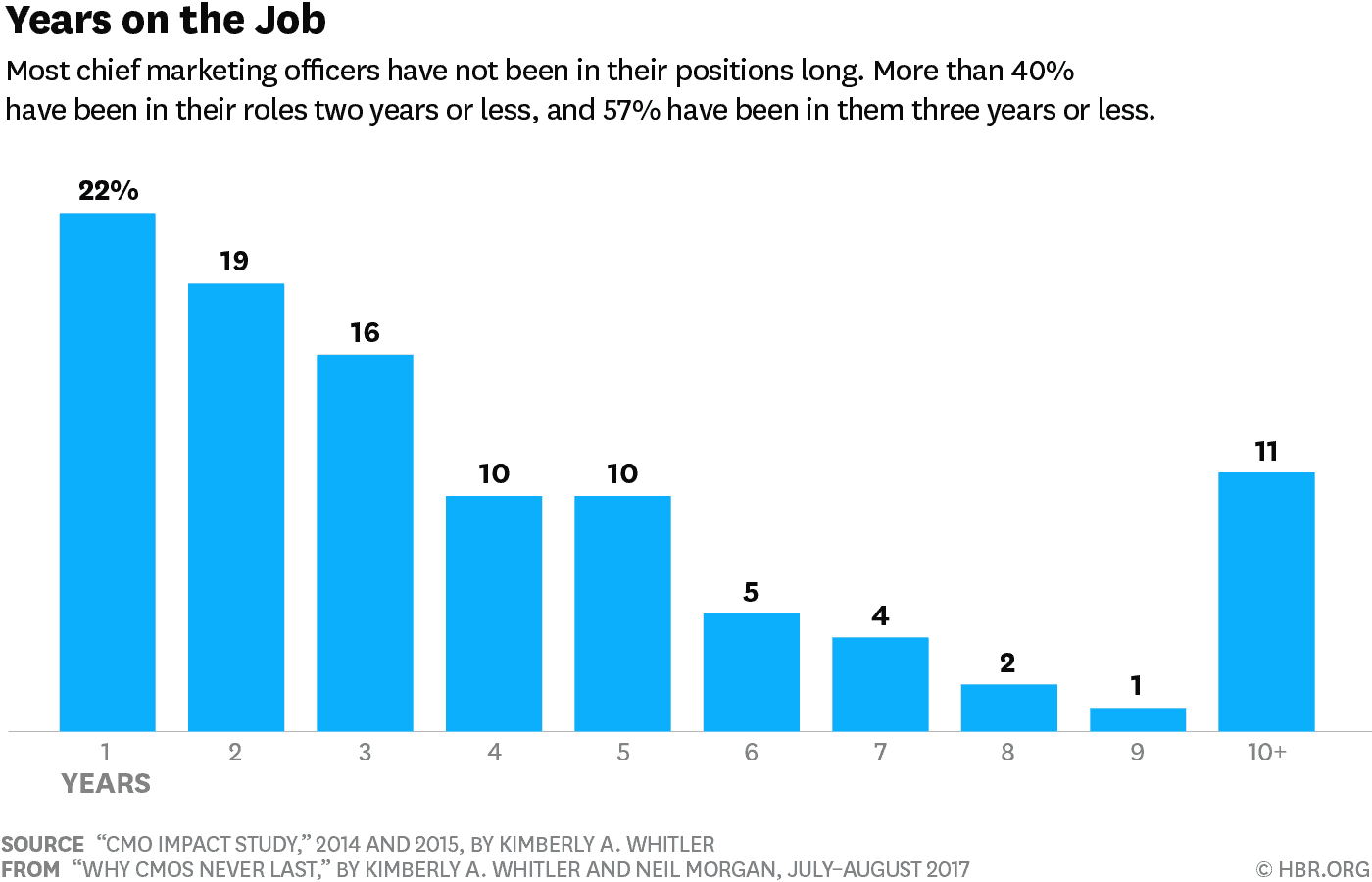
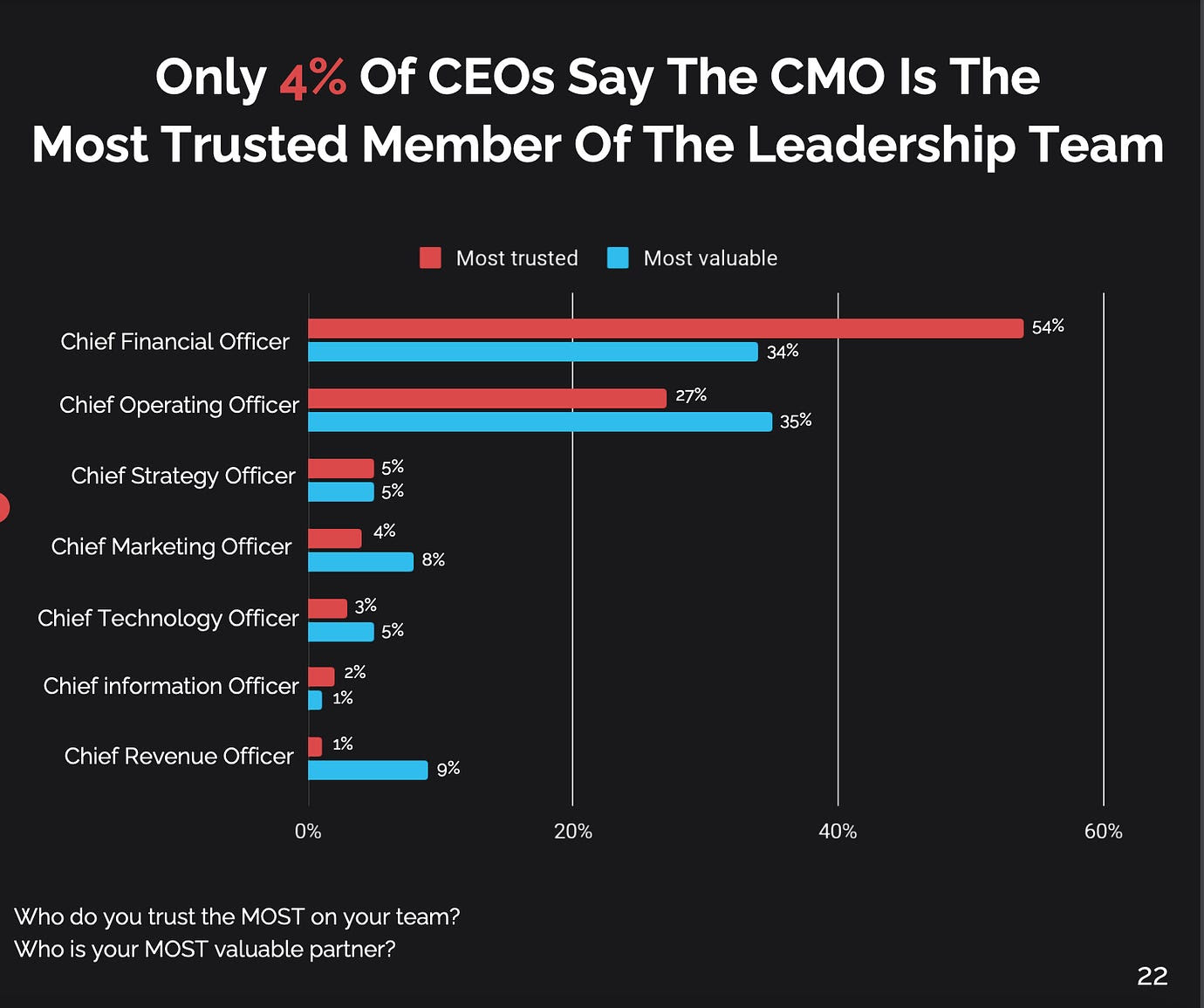

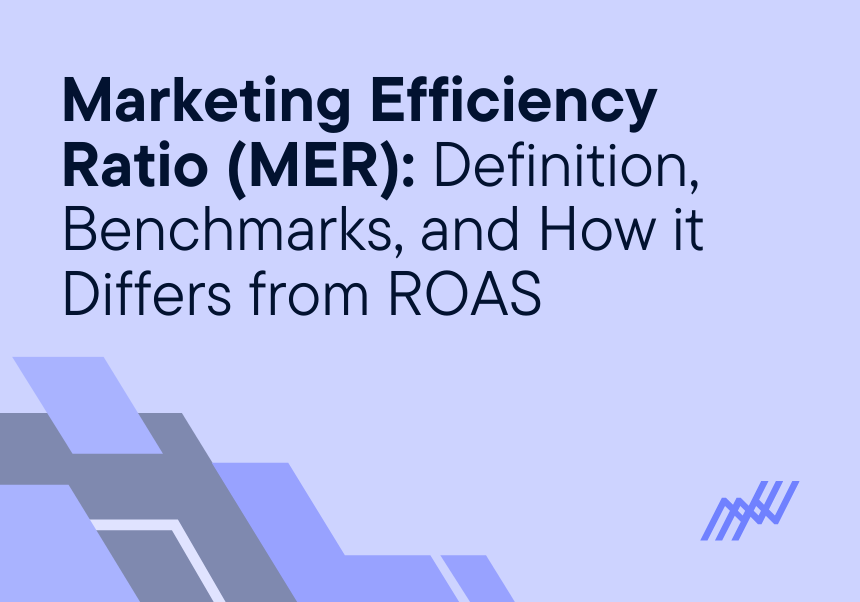
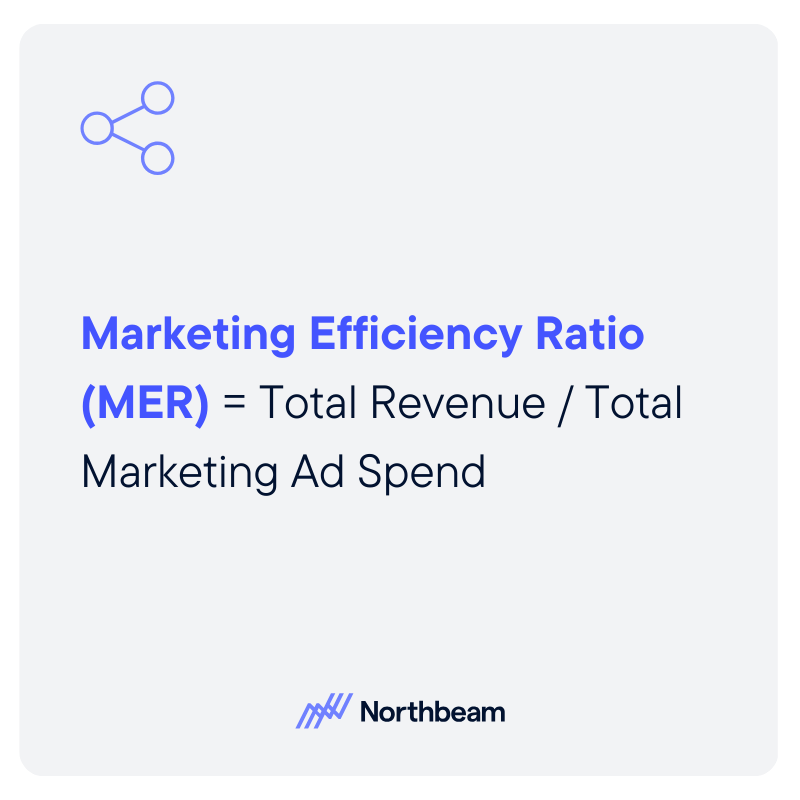






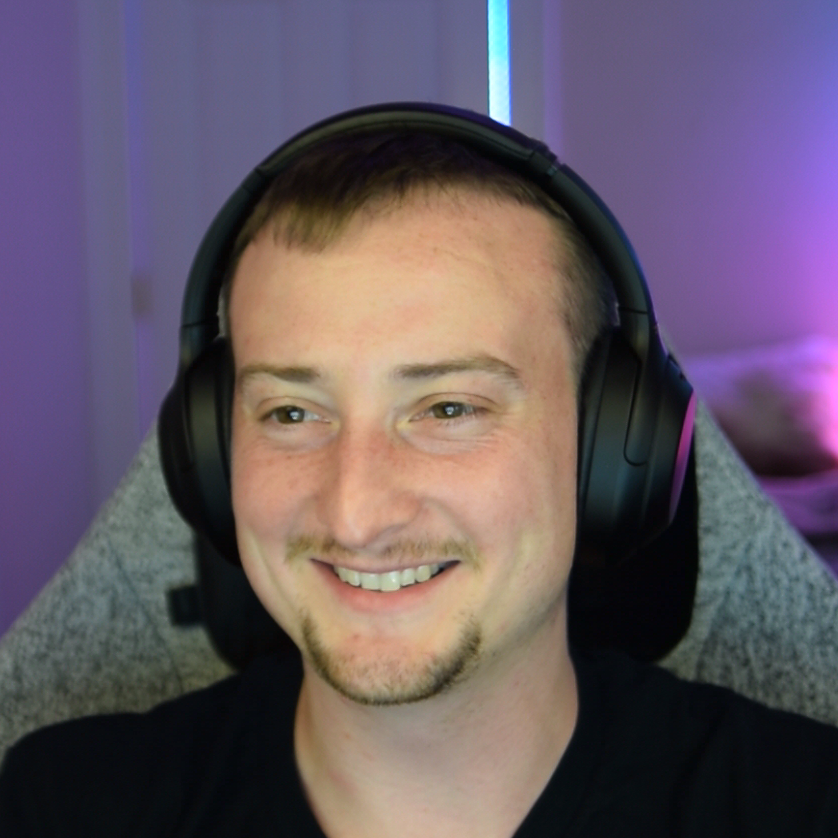




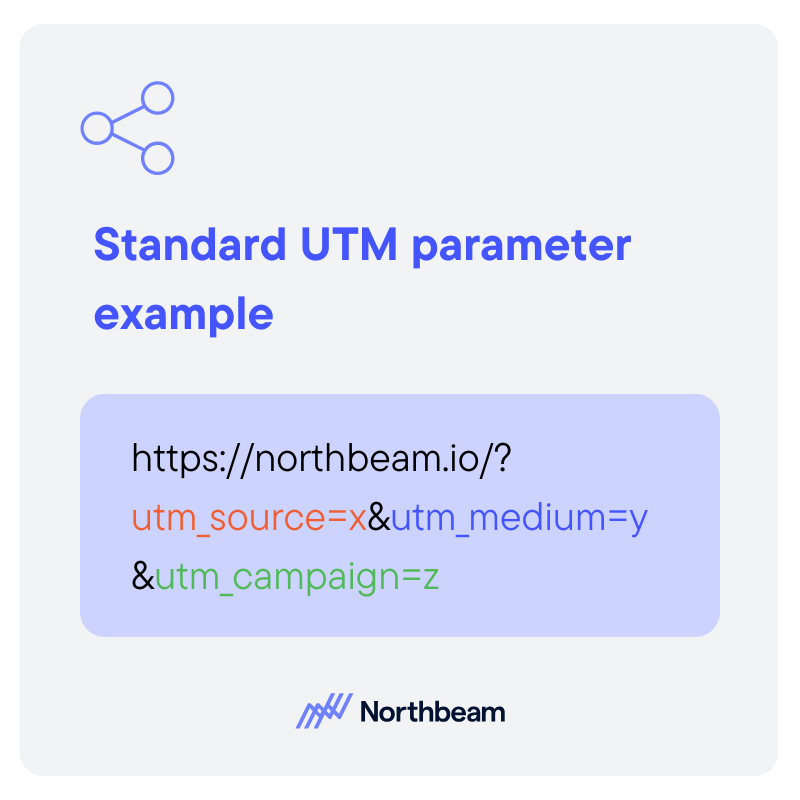

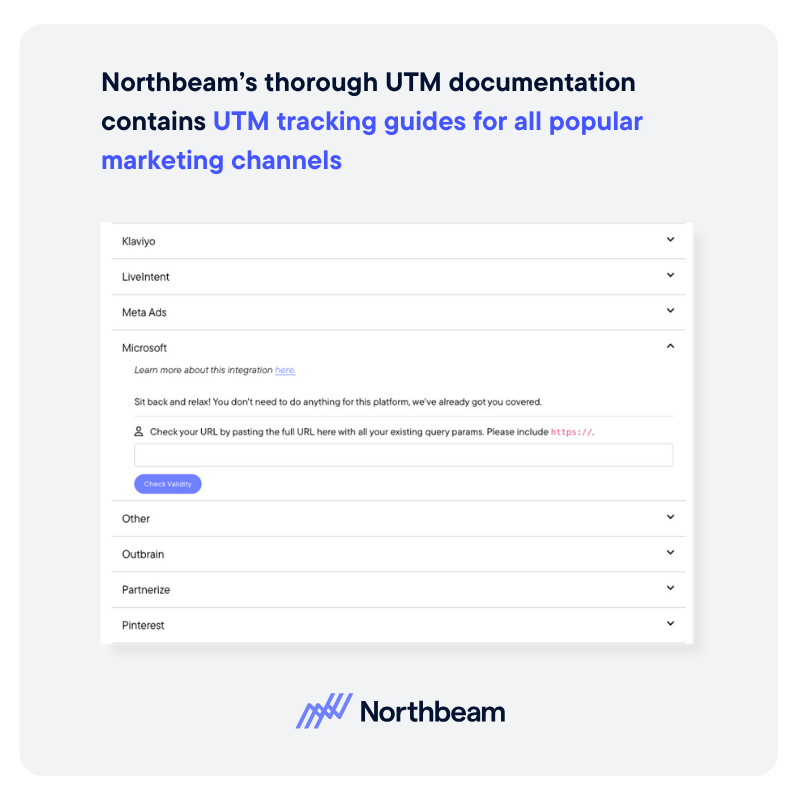

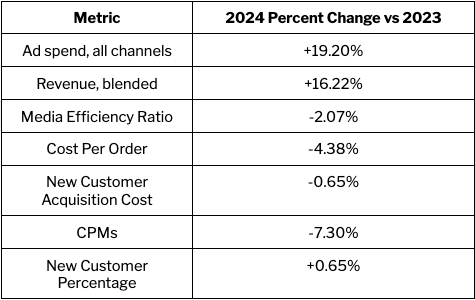

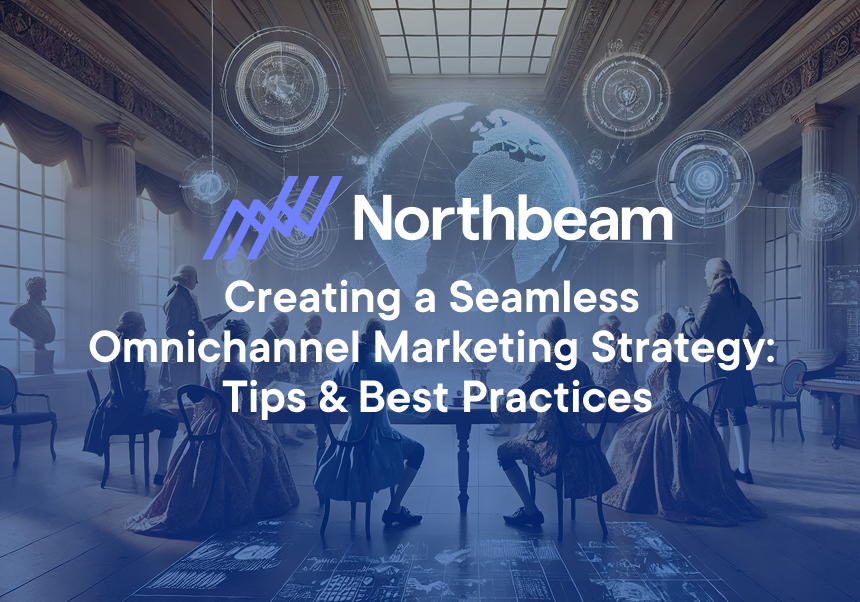
.png)

.png)
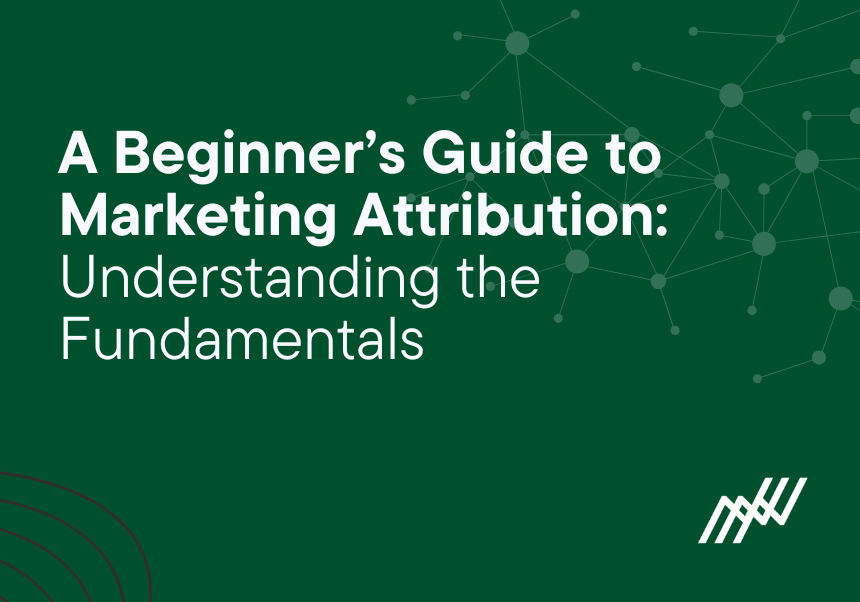
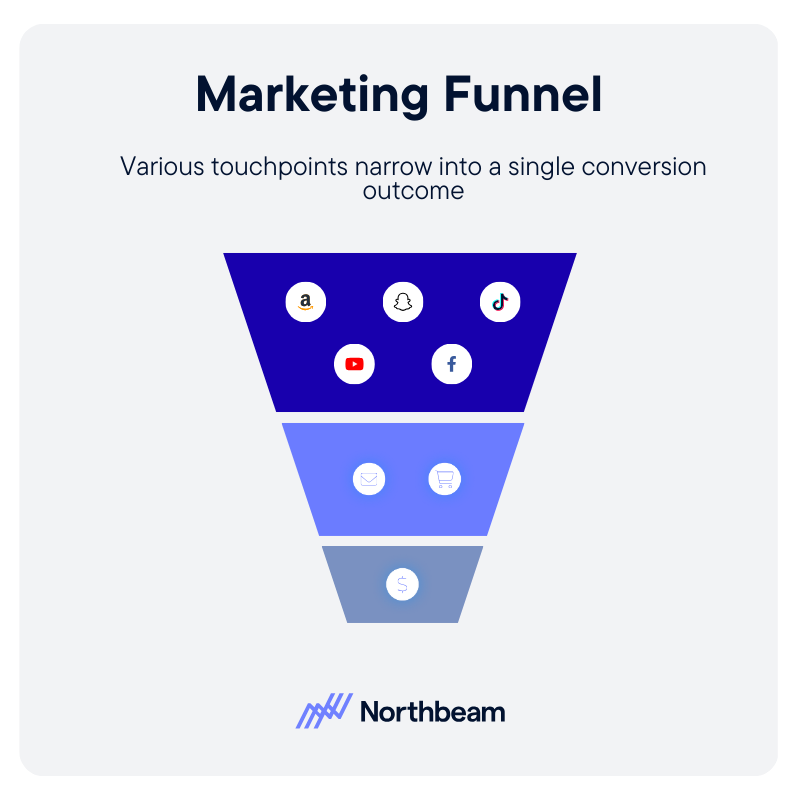
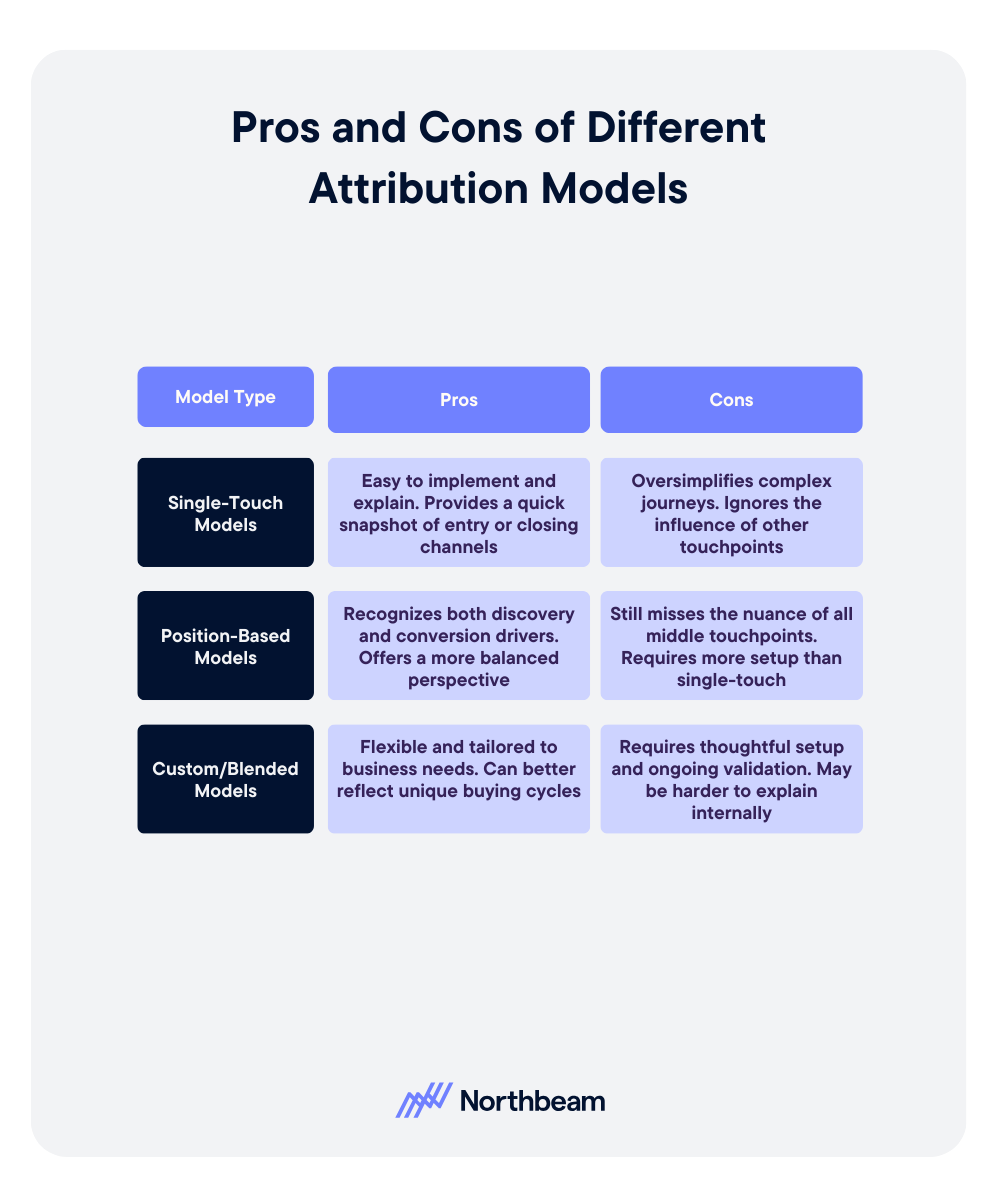




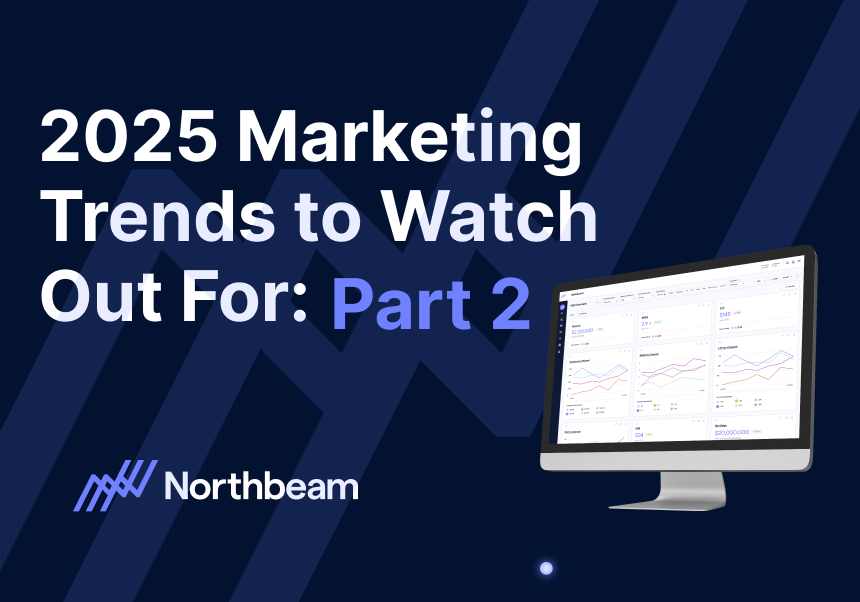
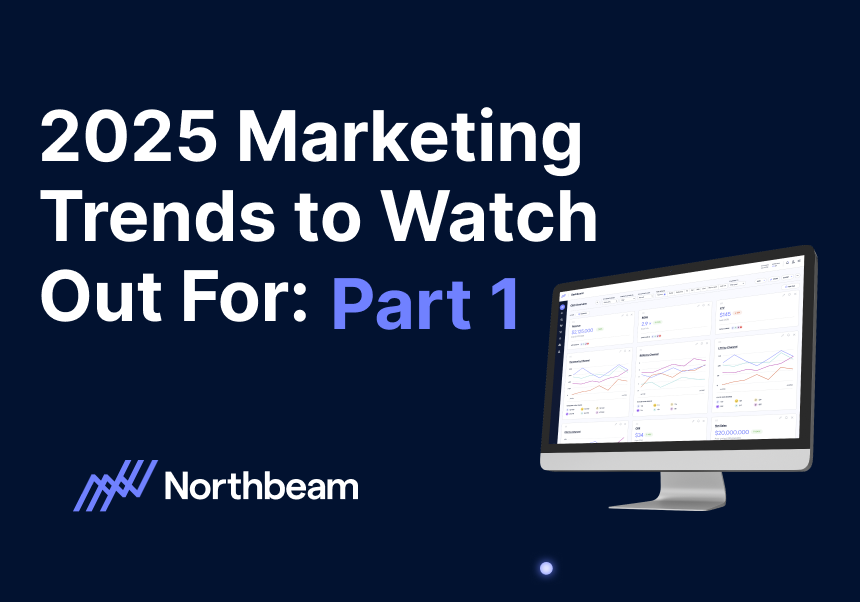



.svg)
